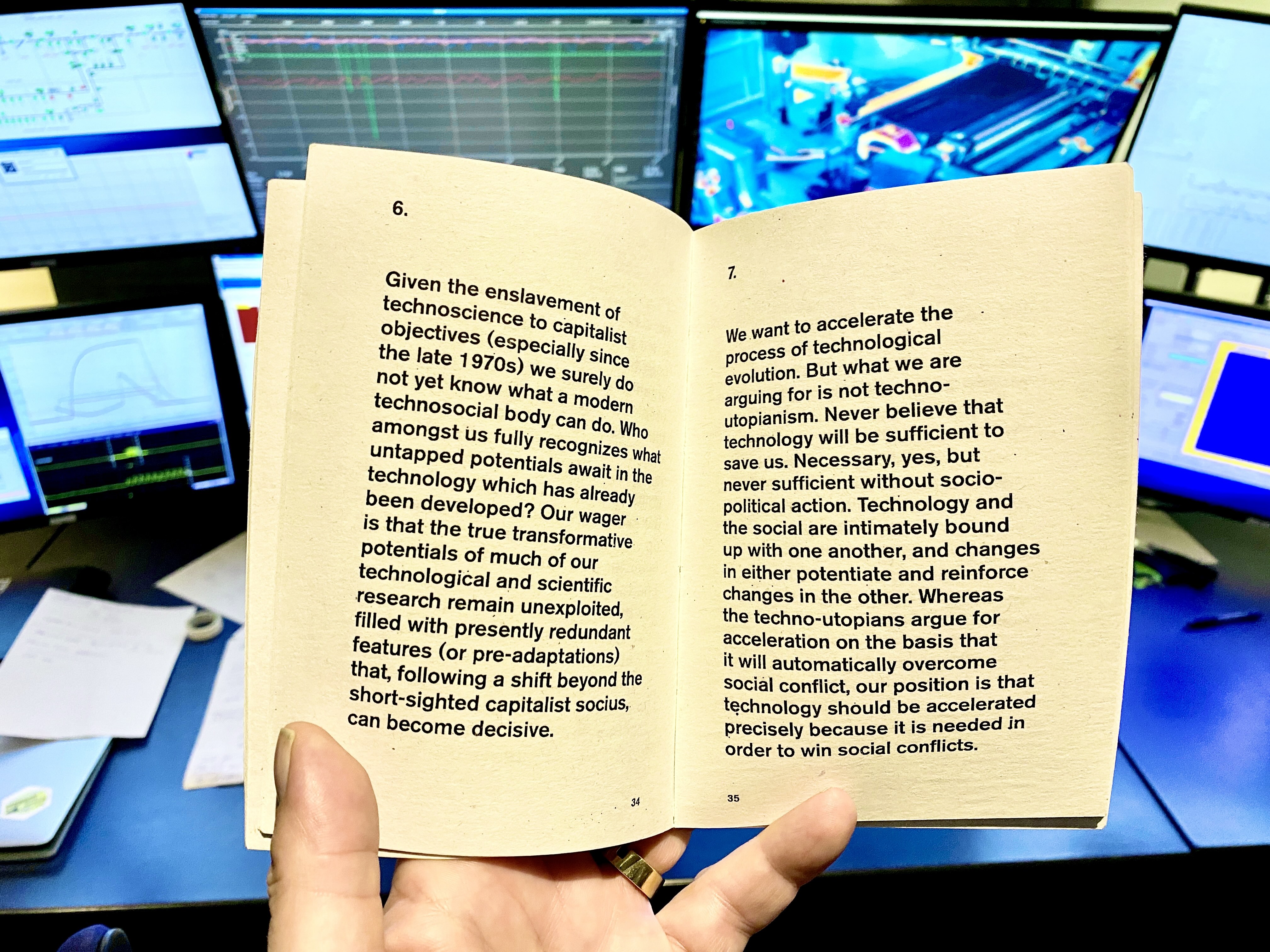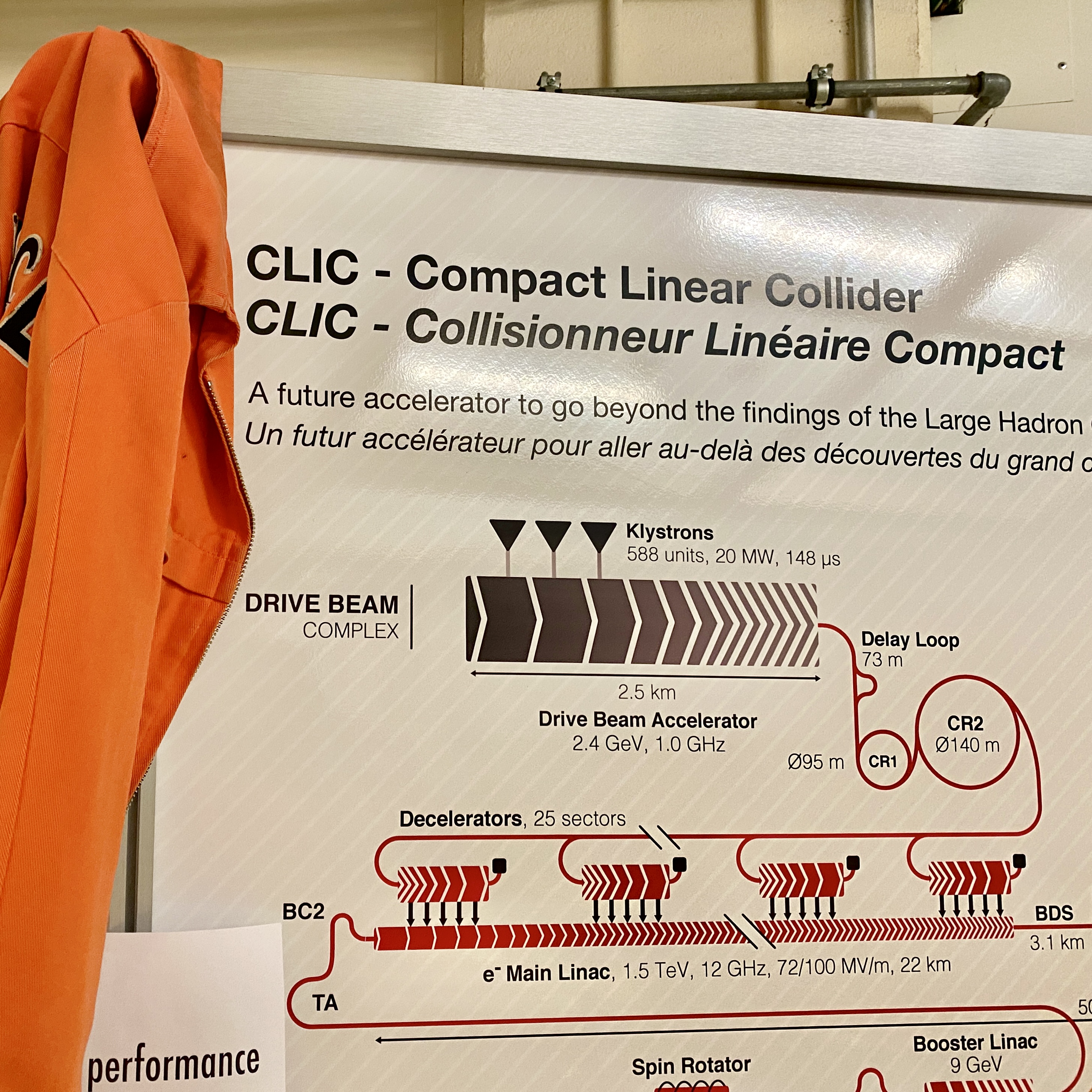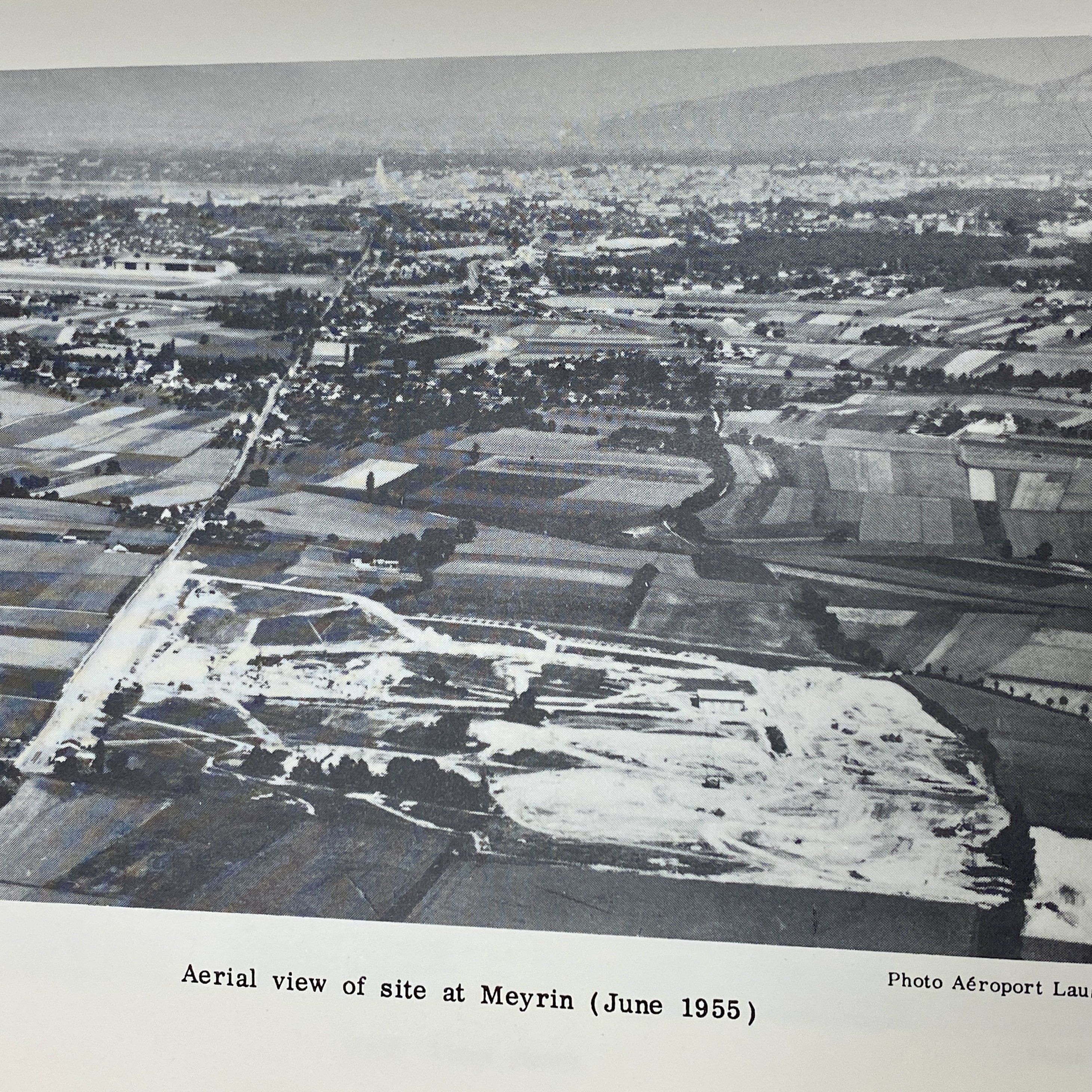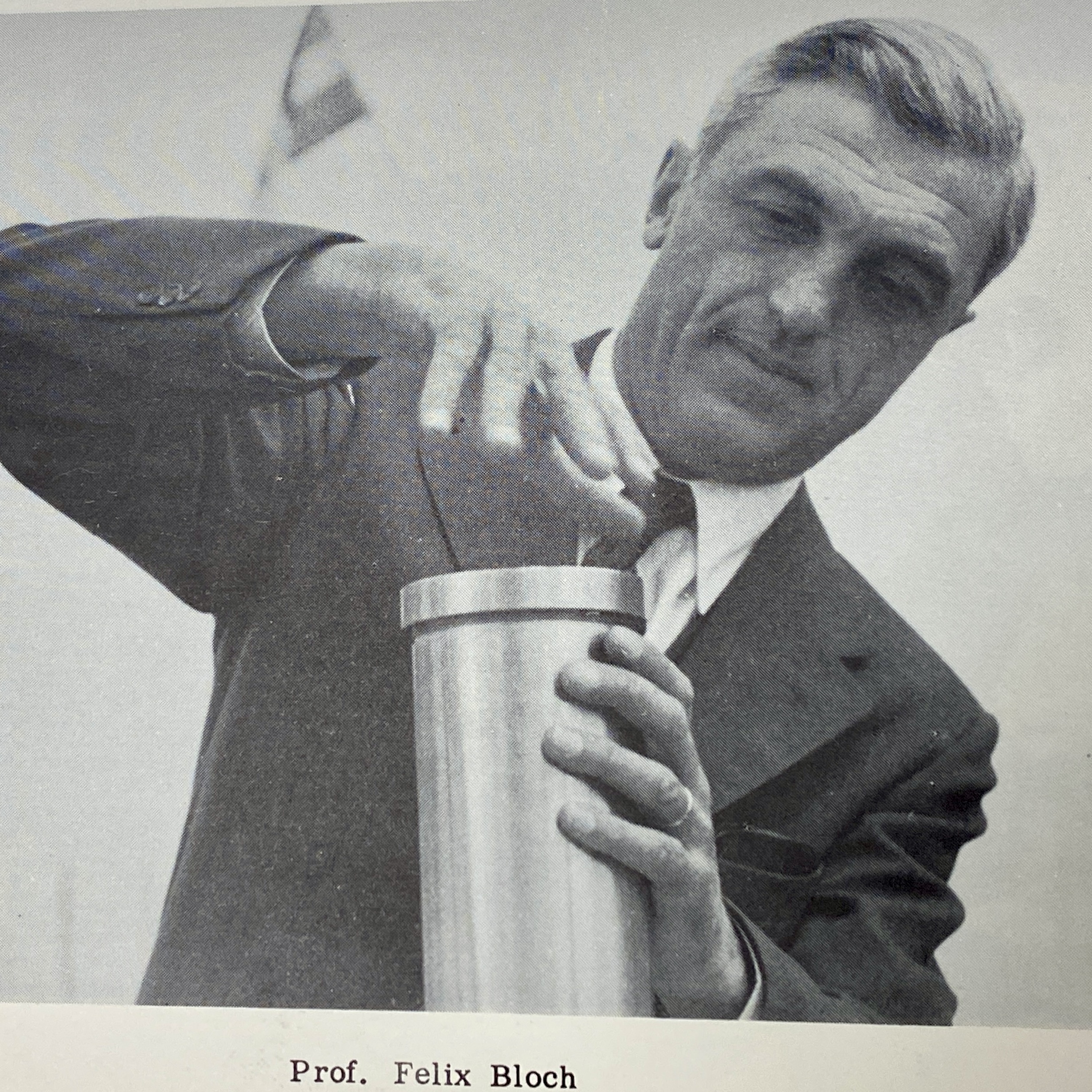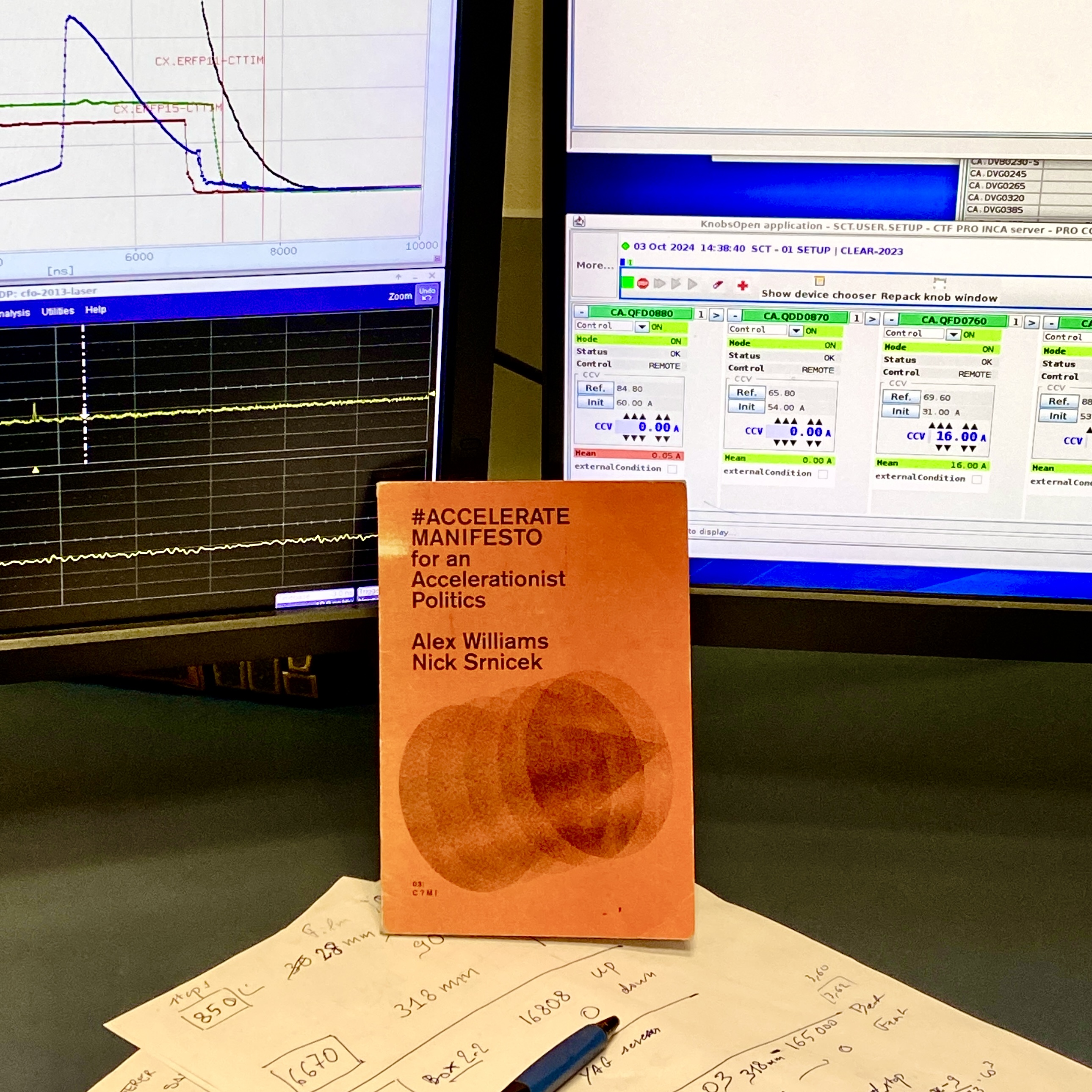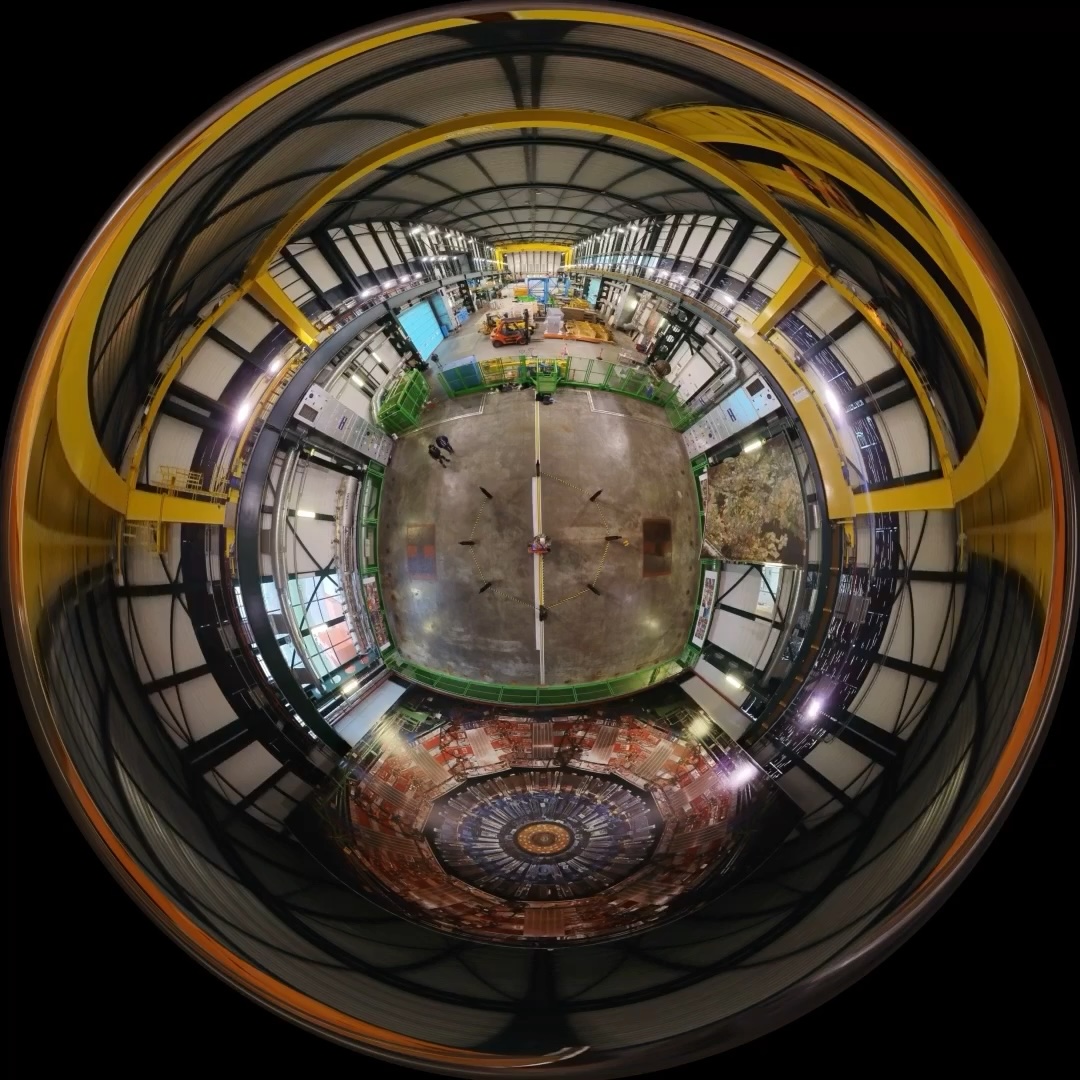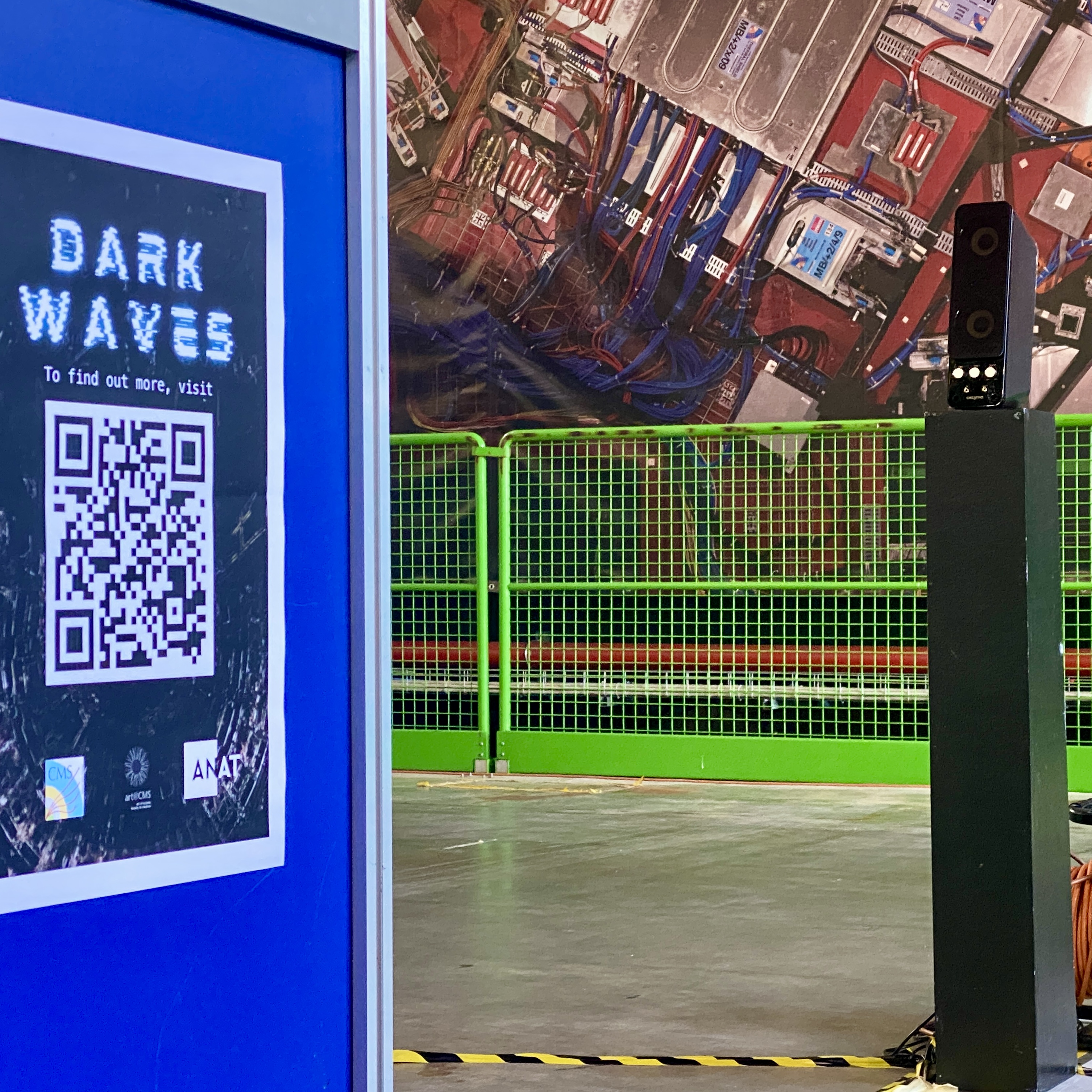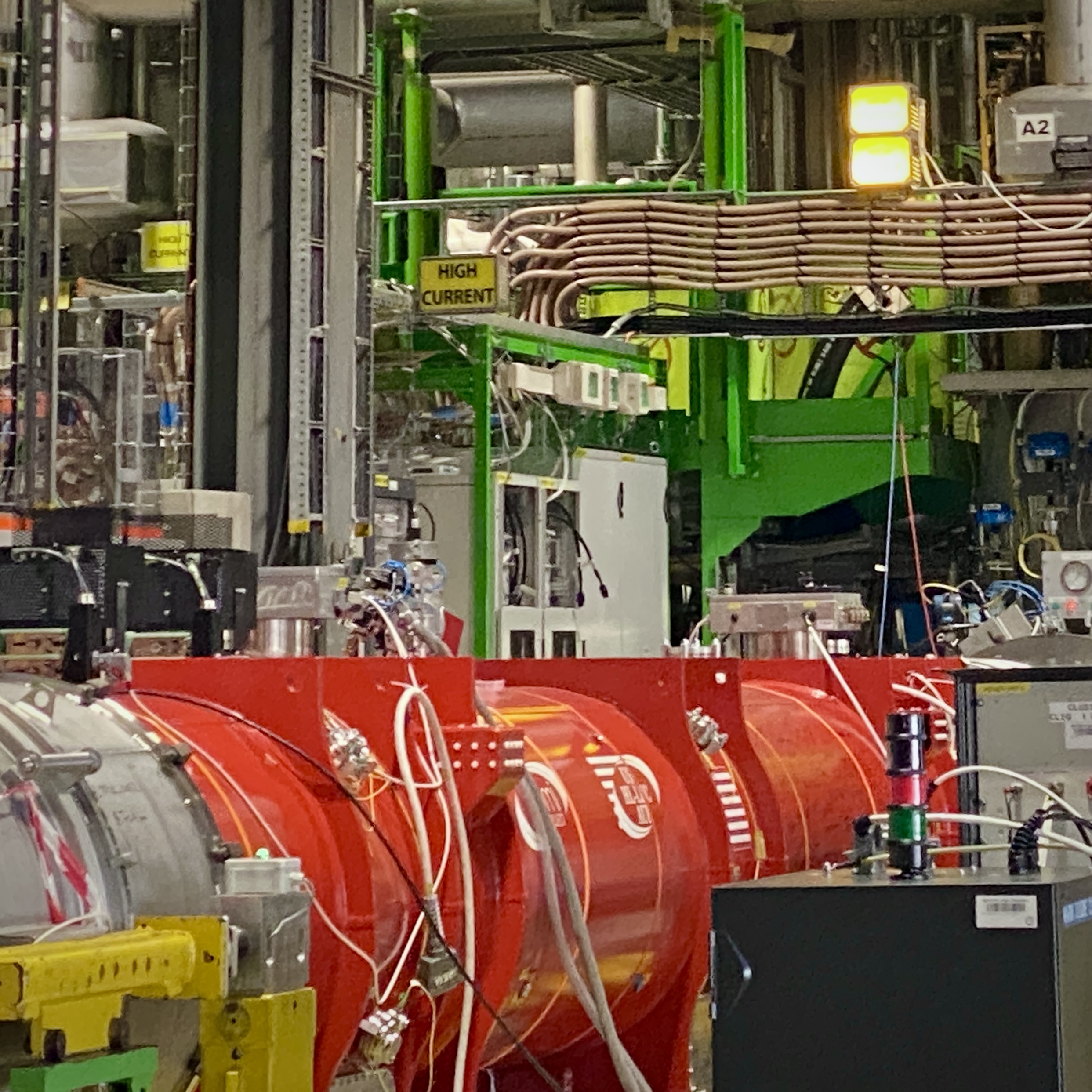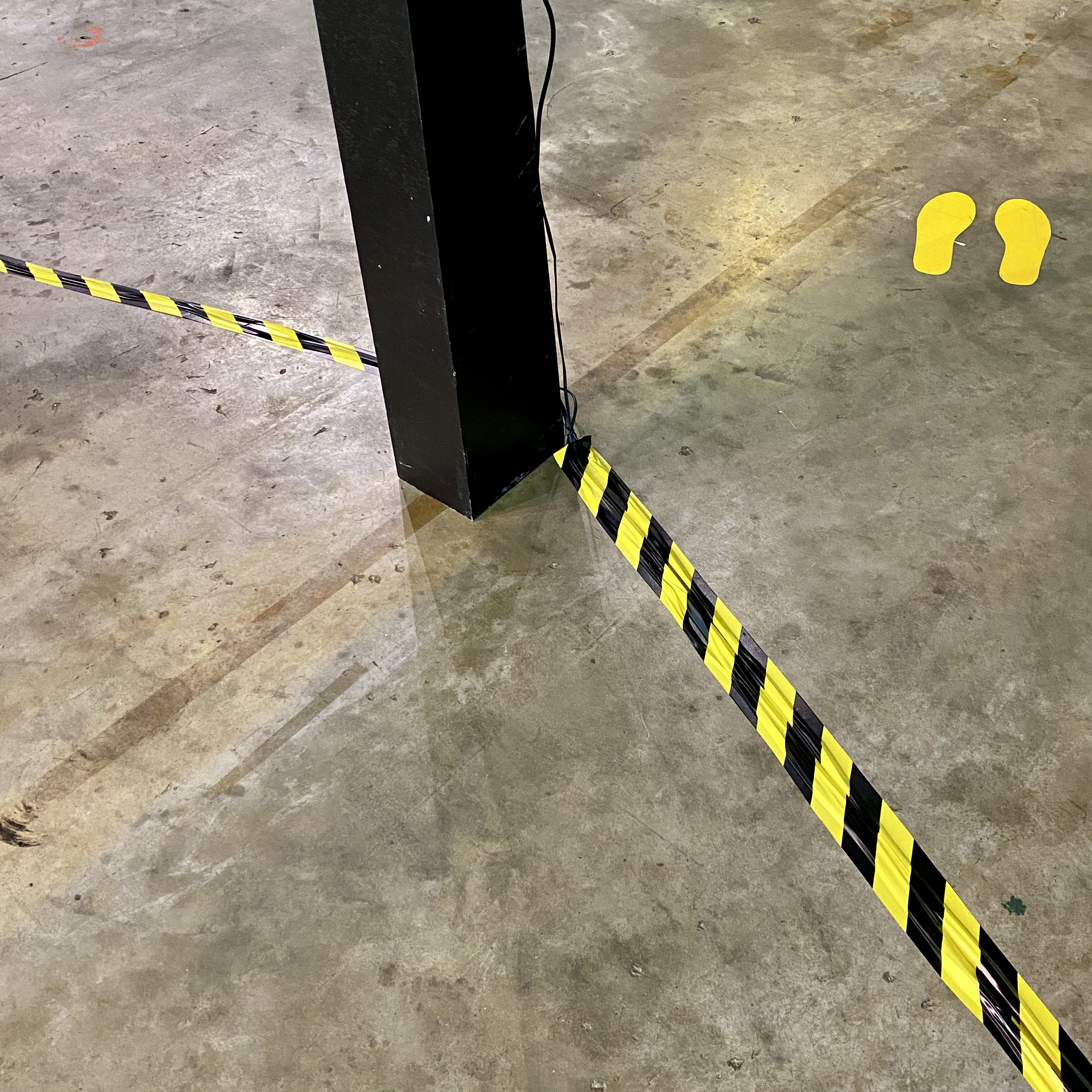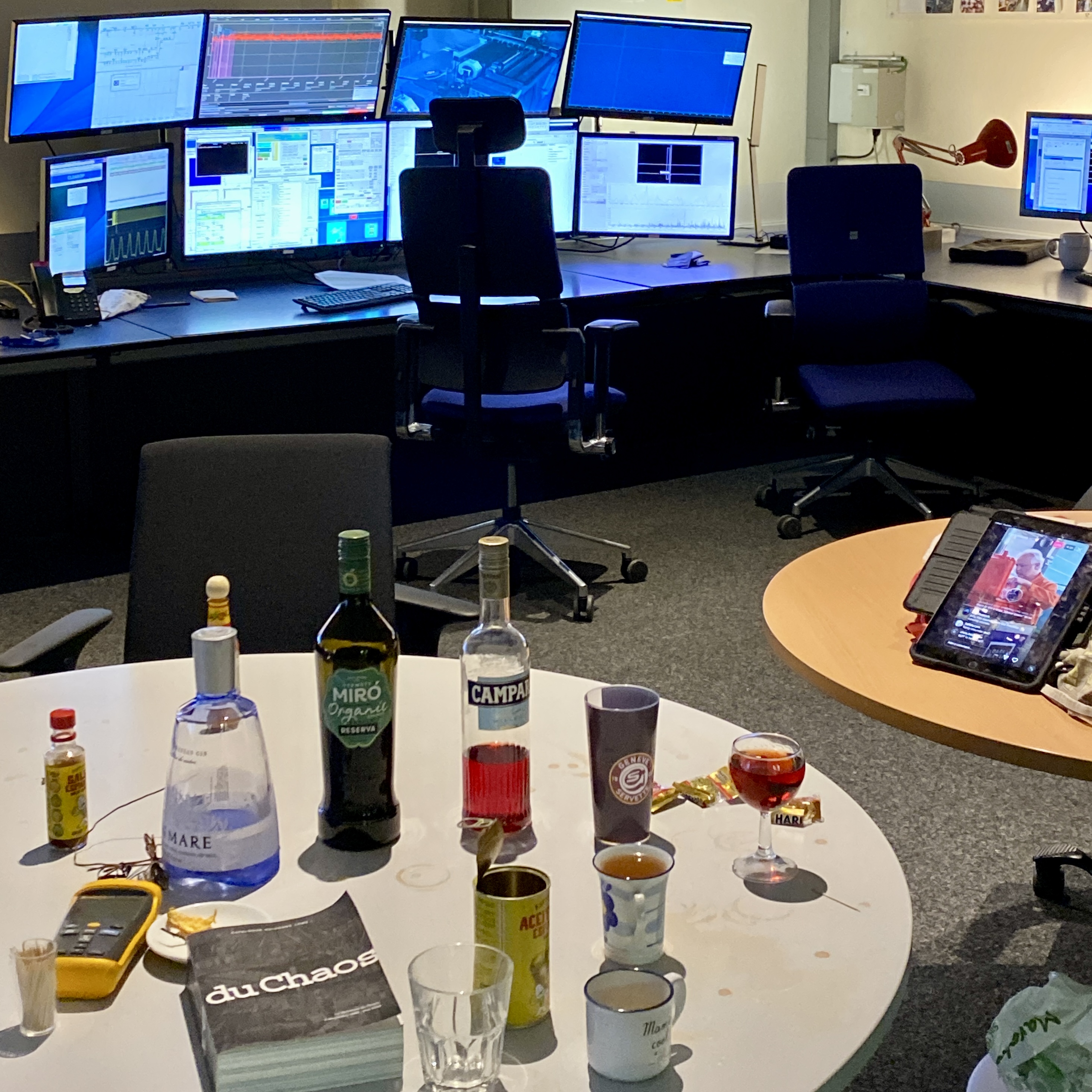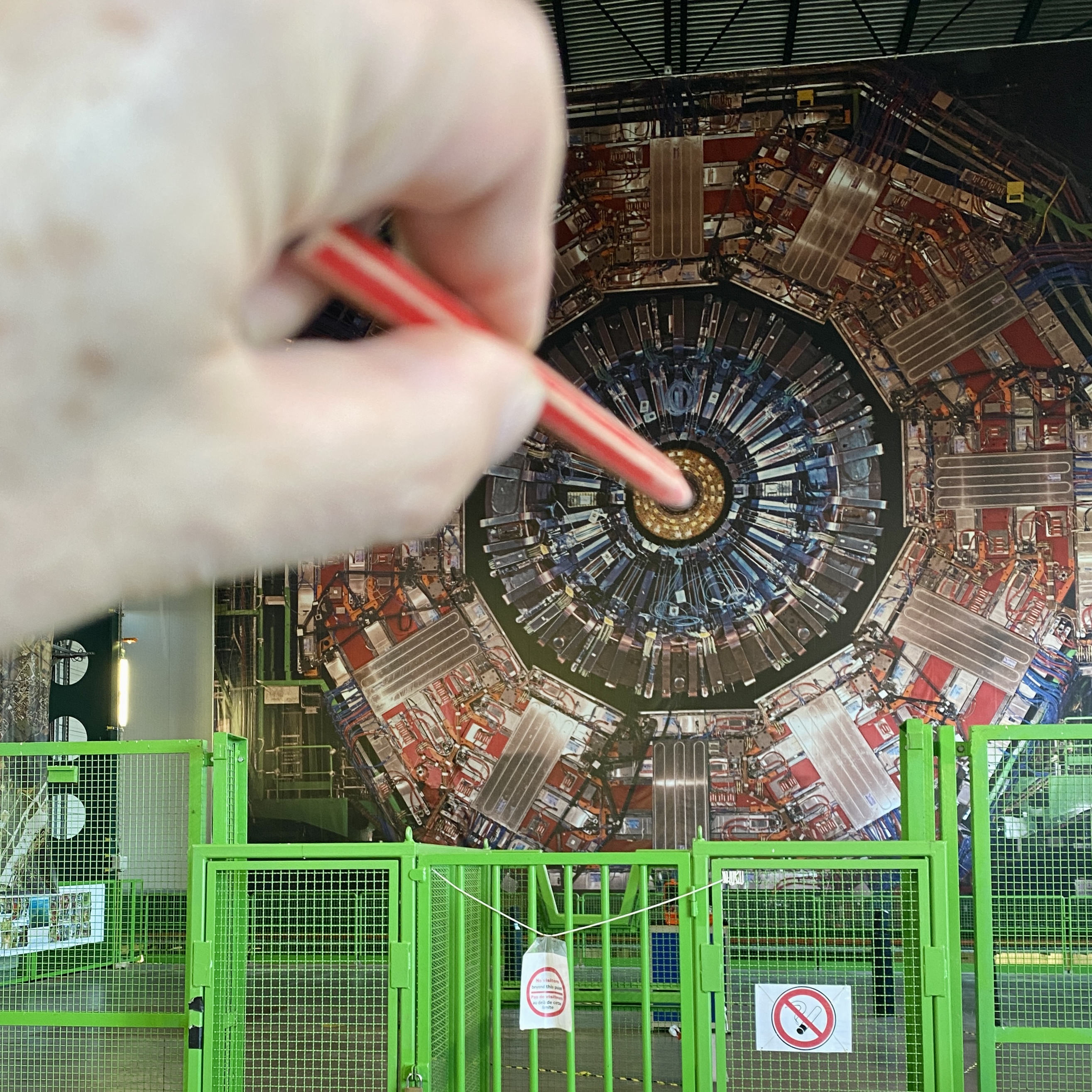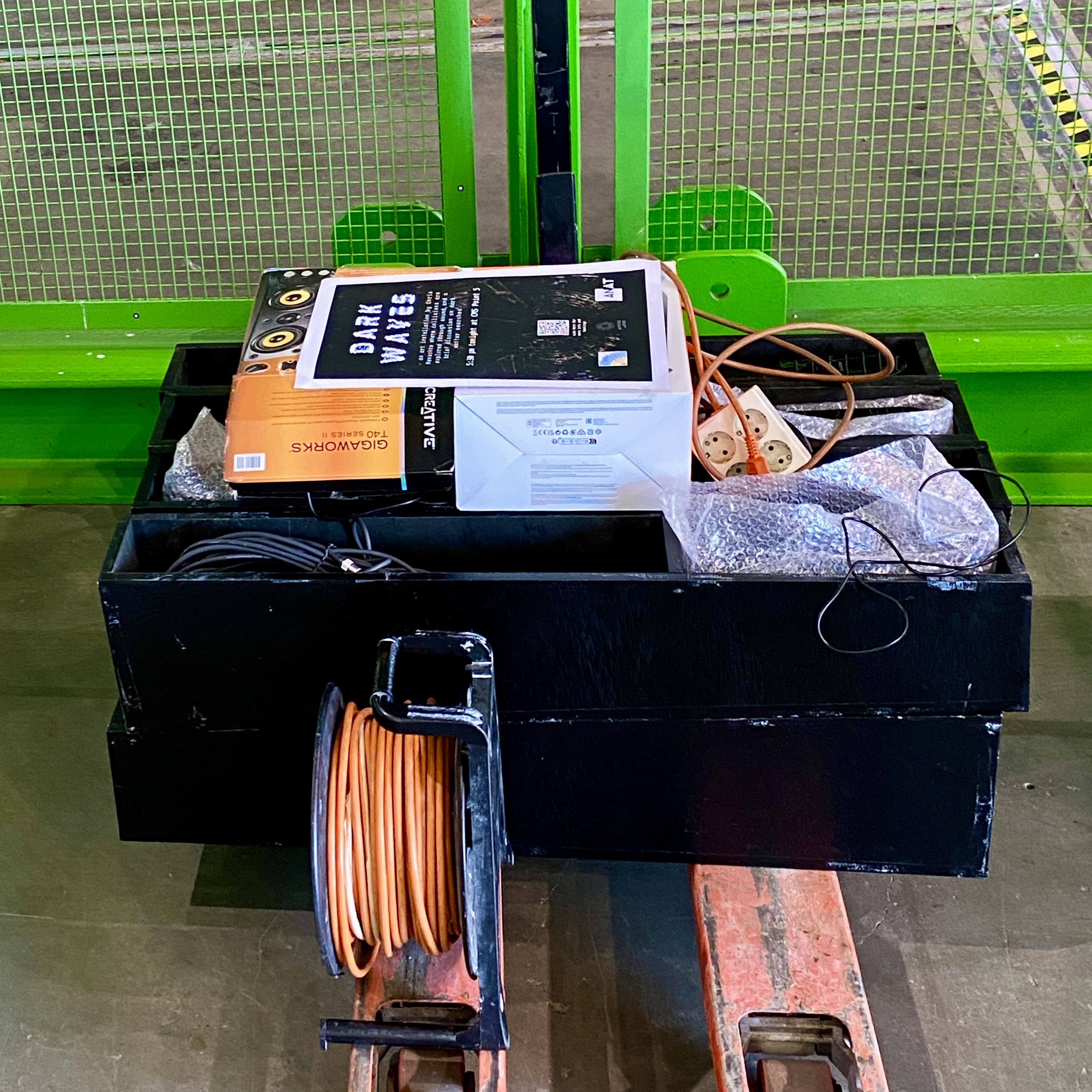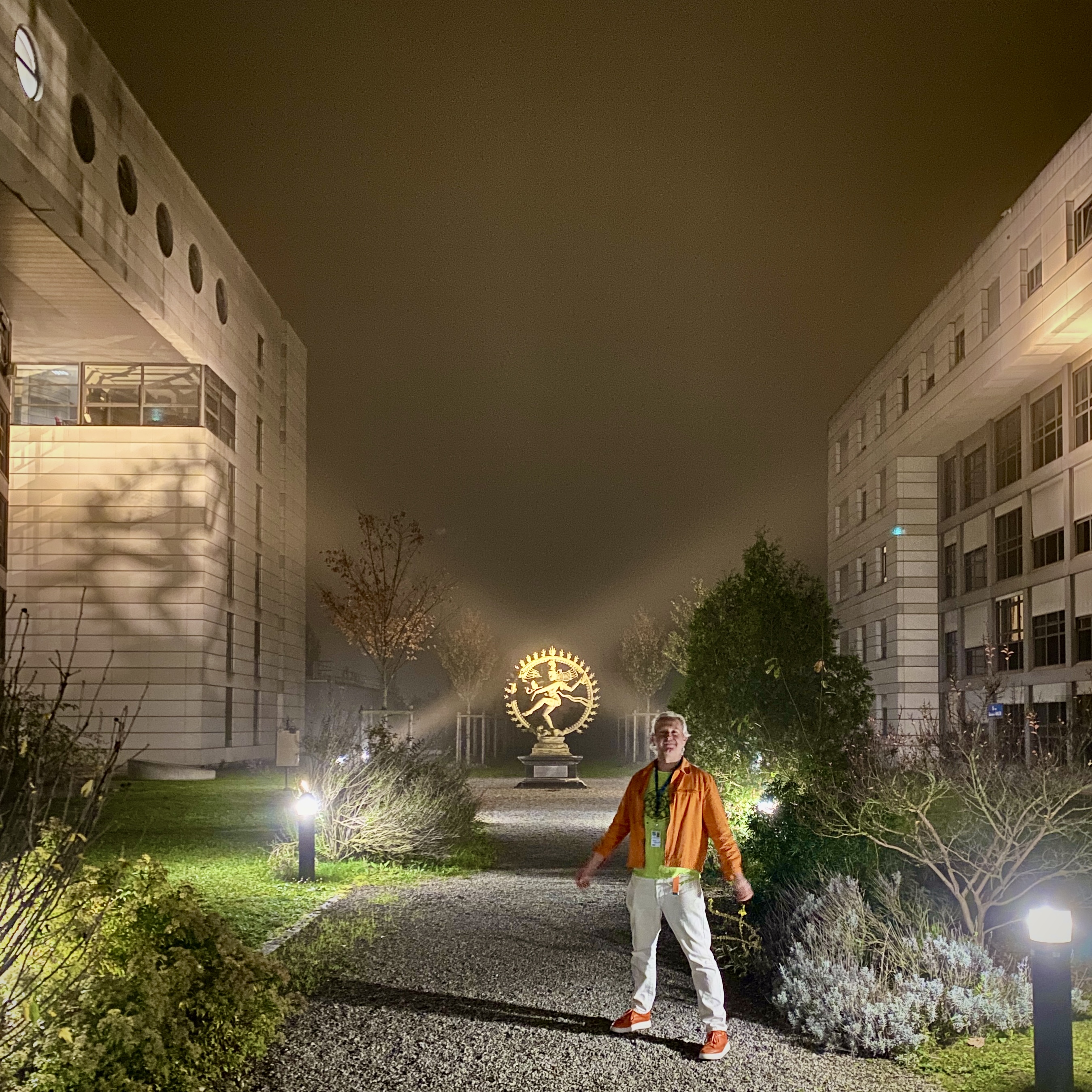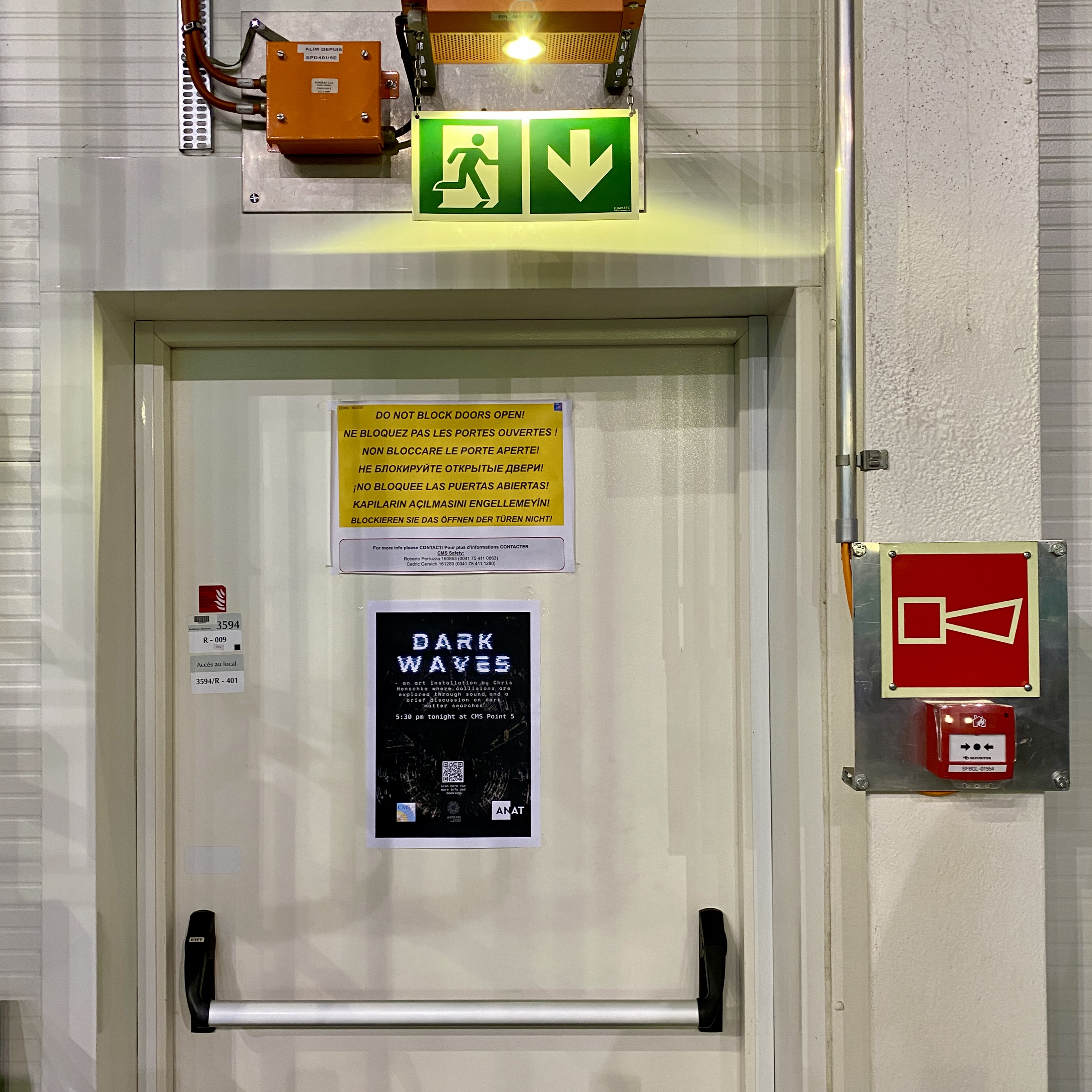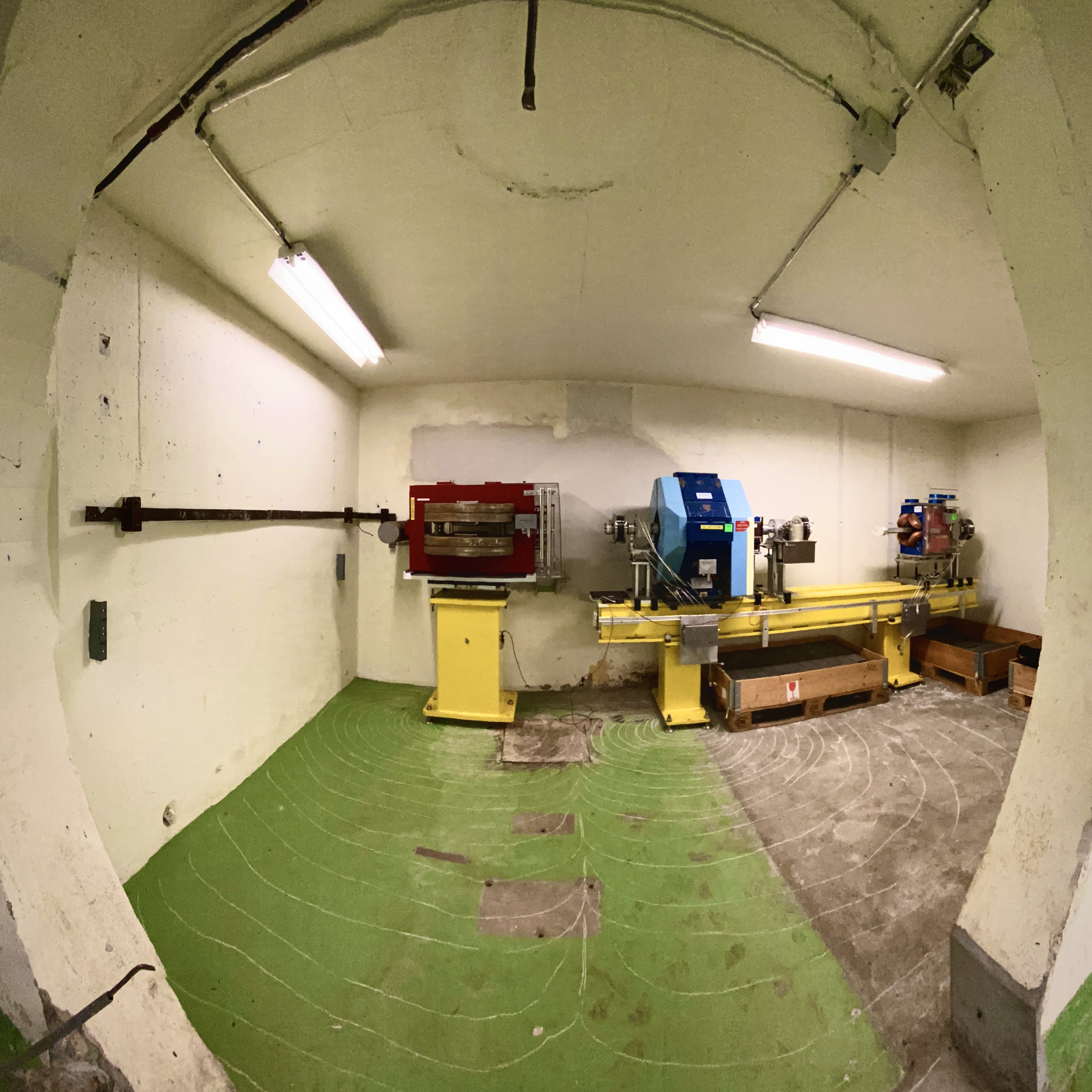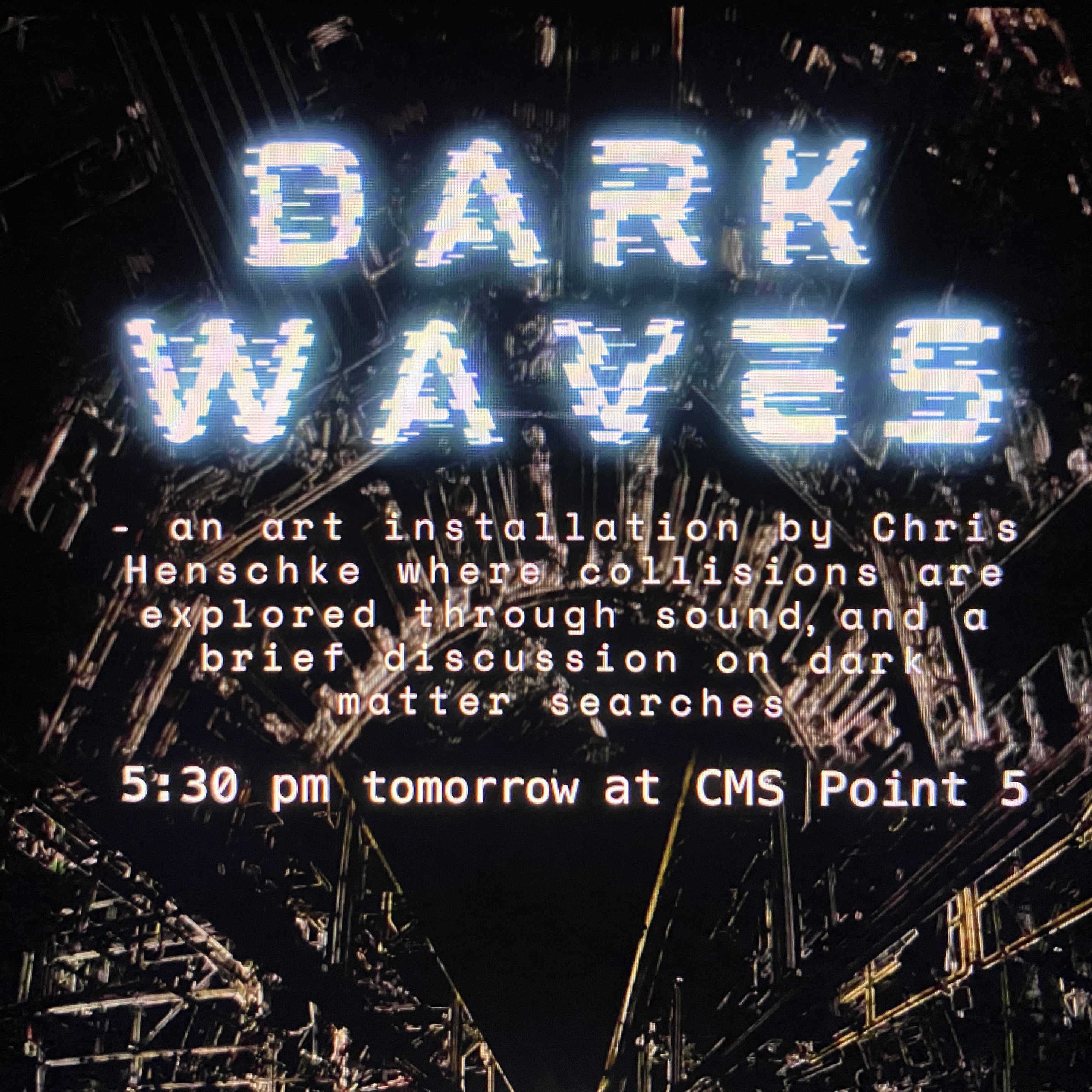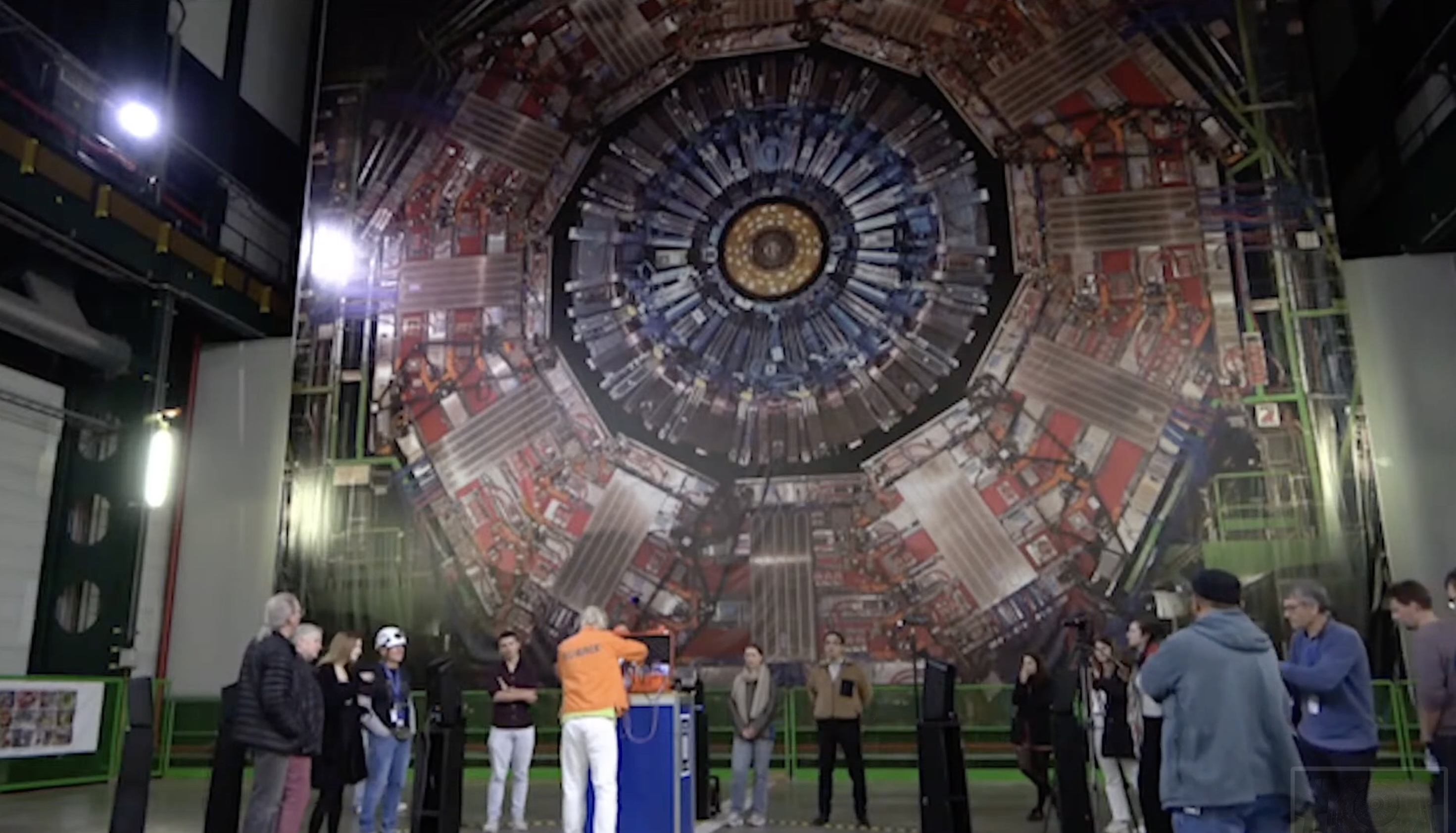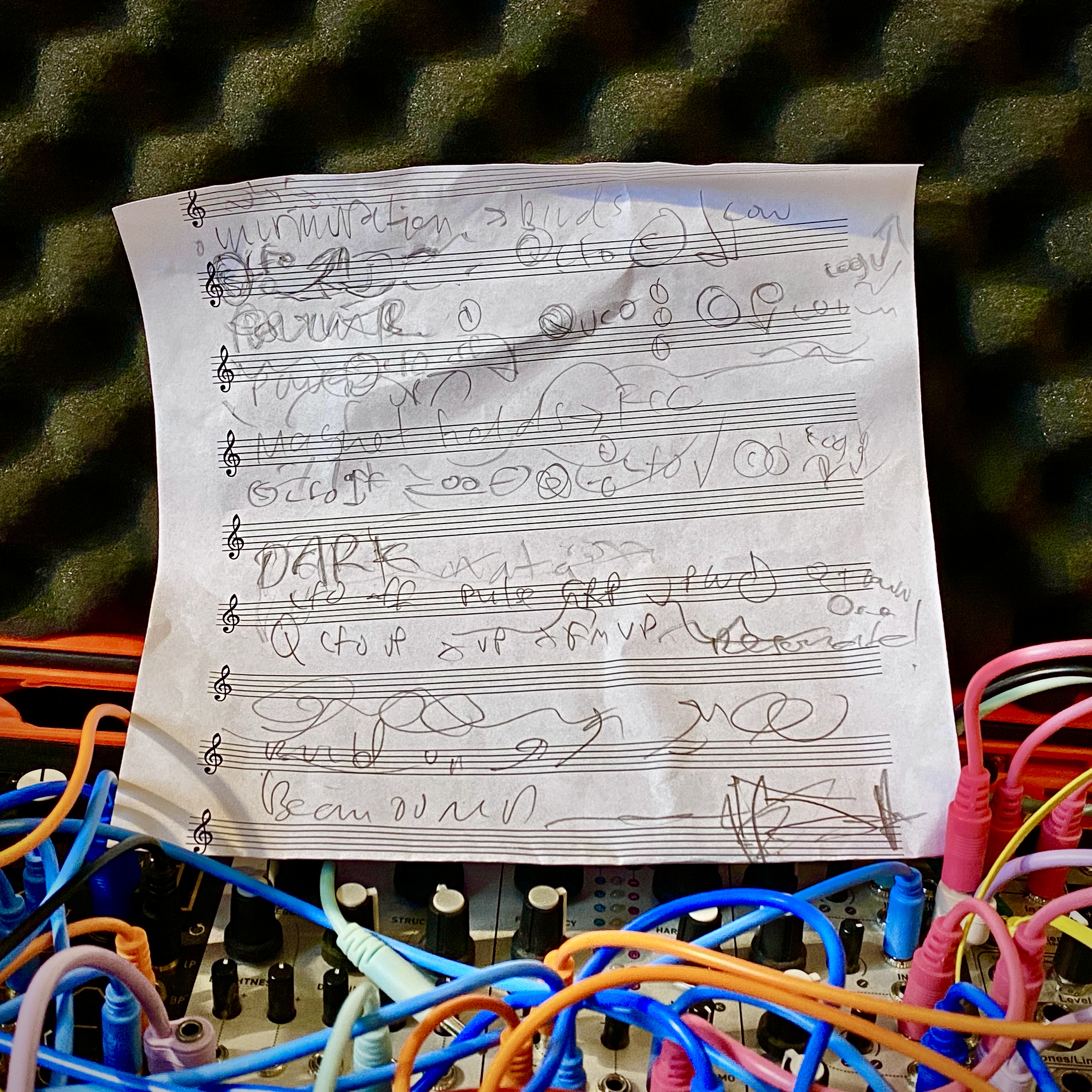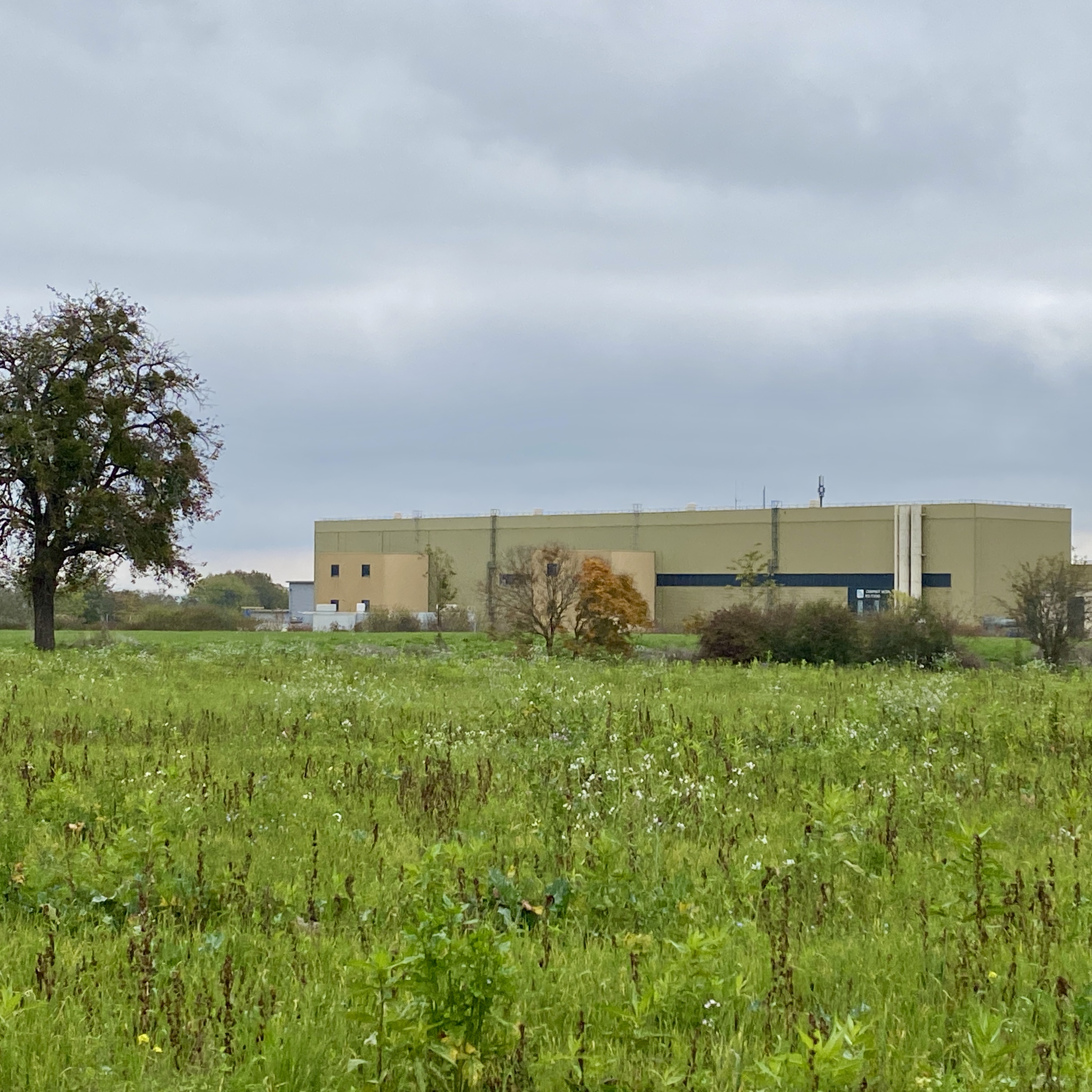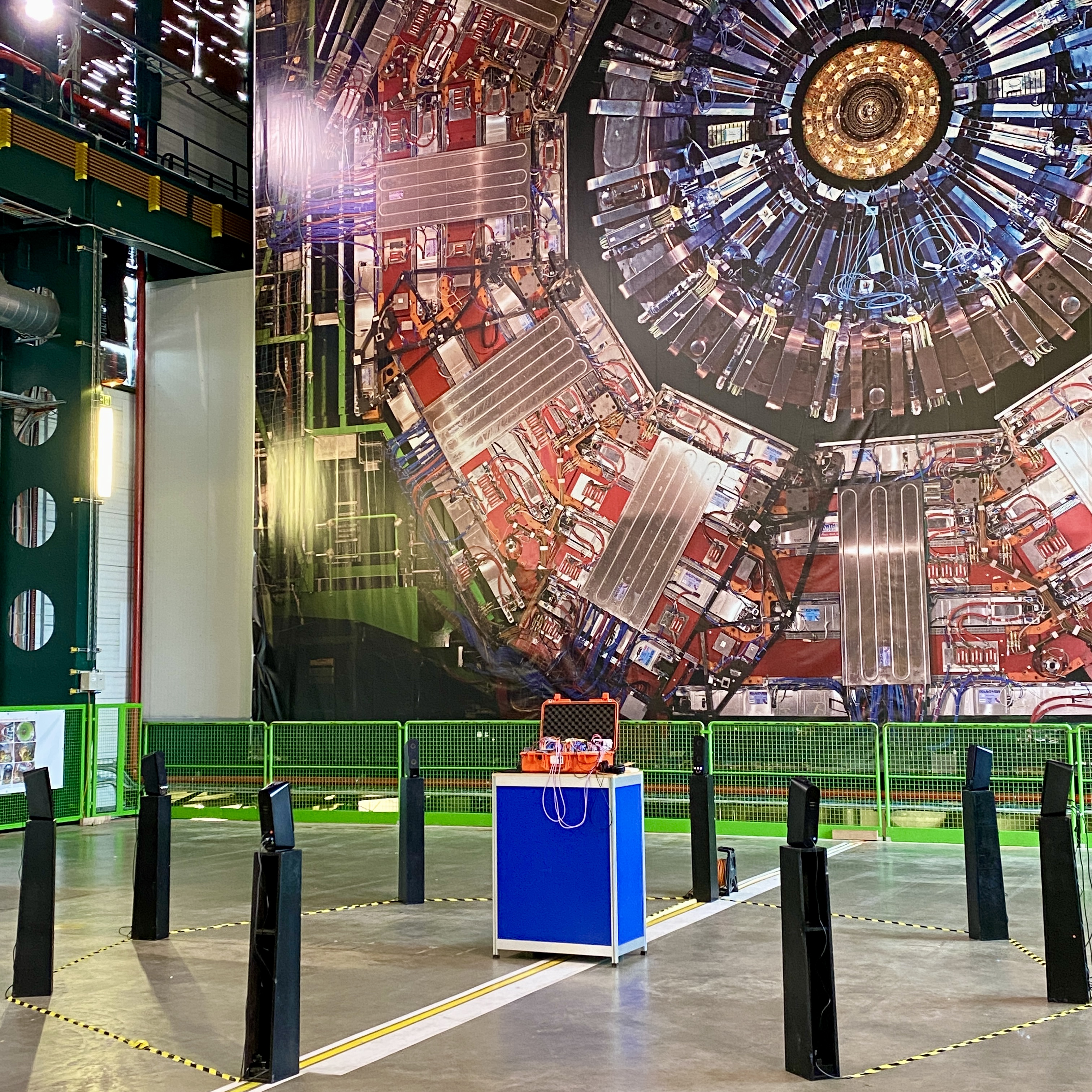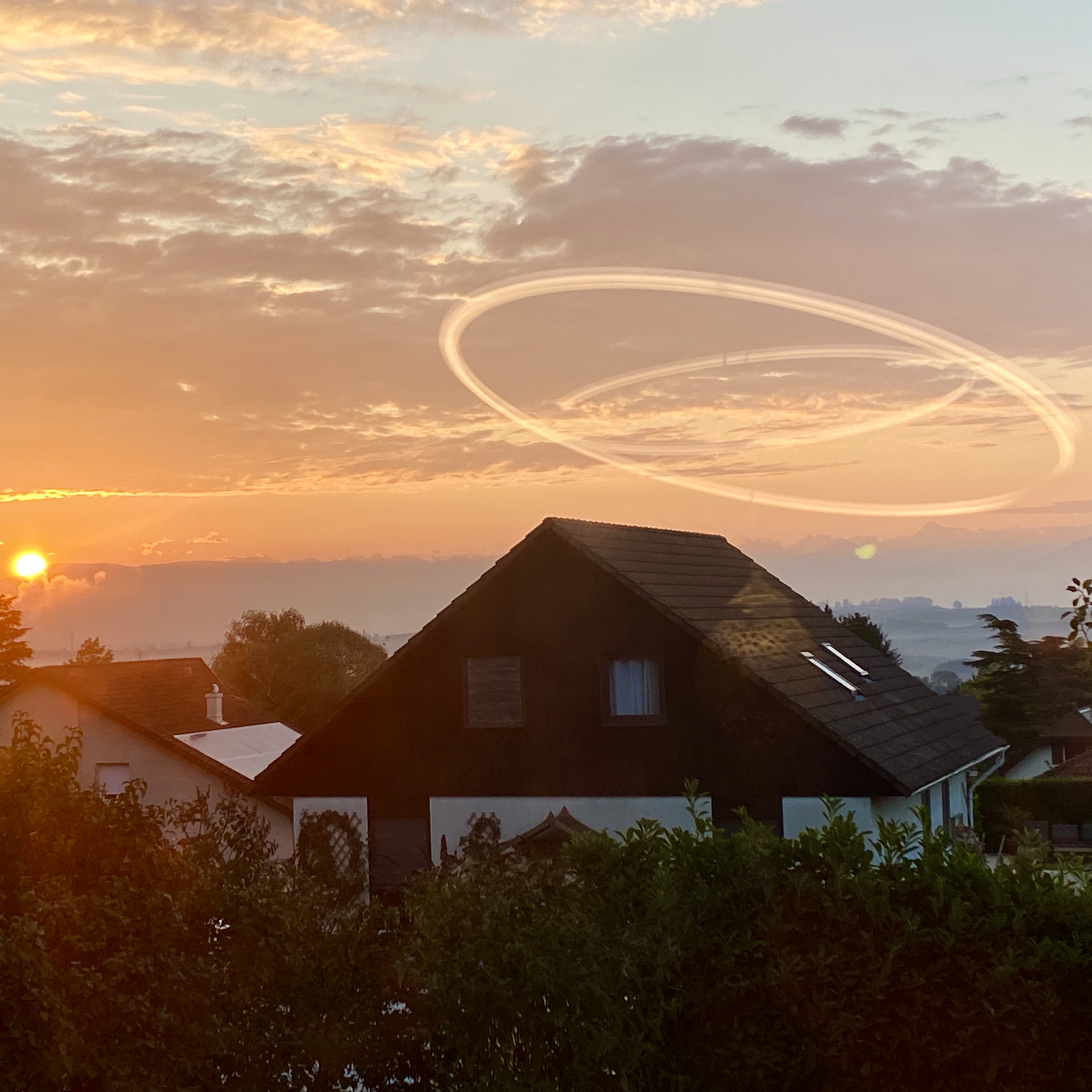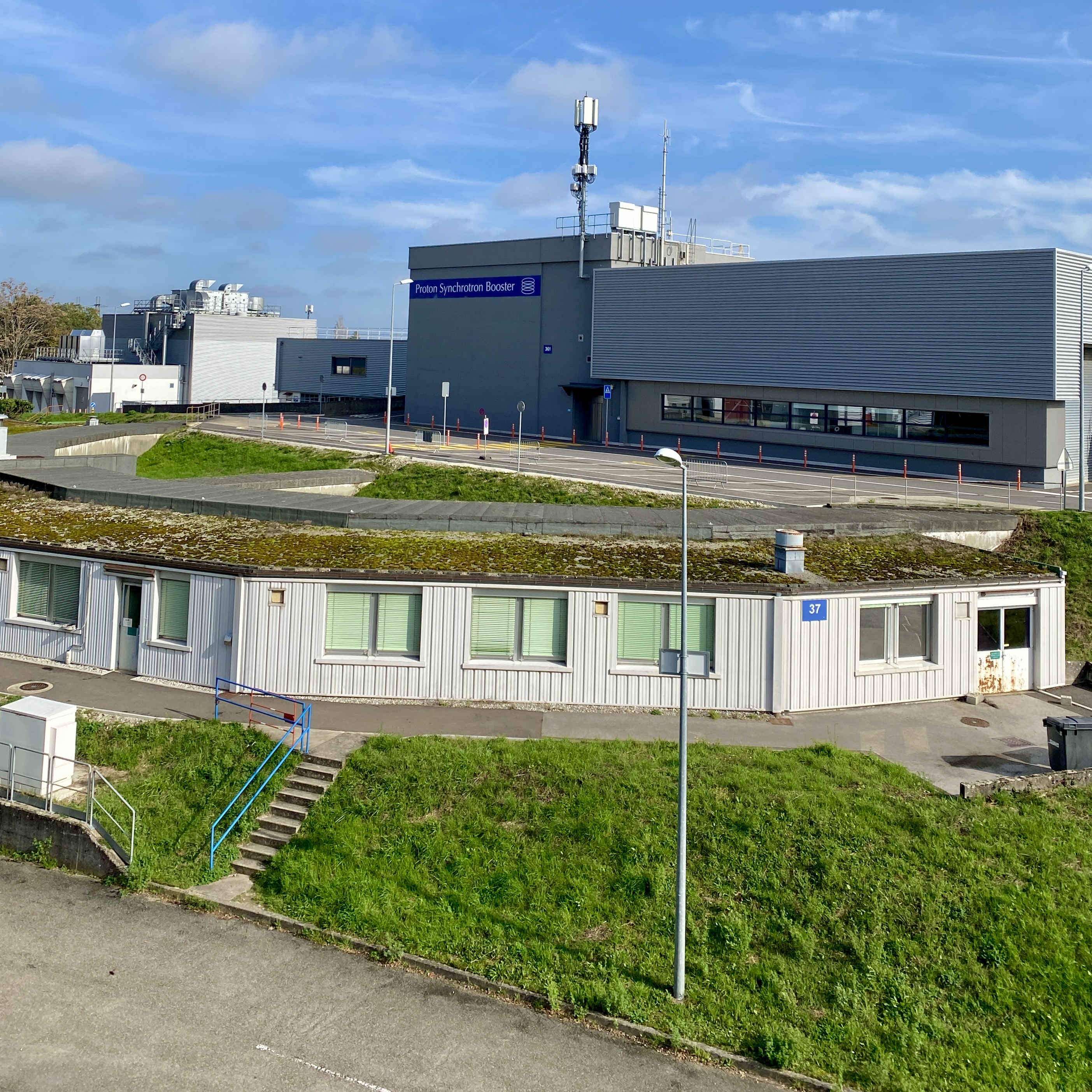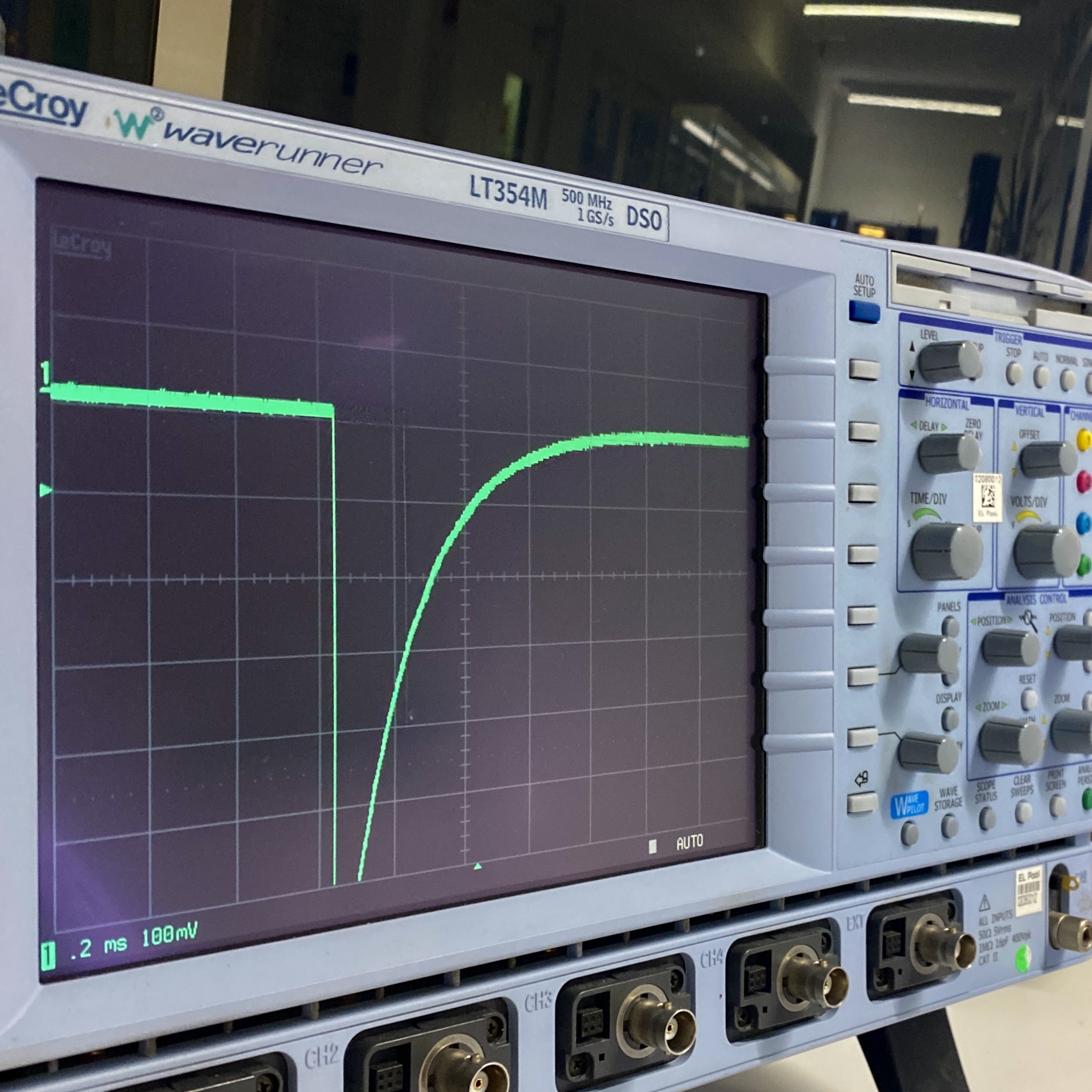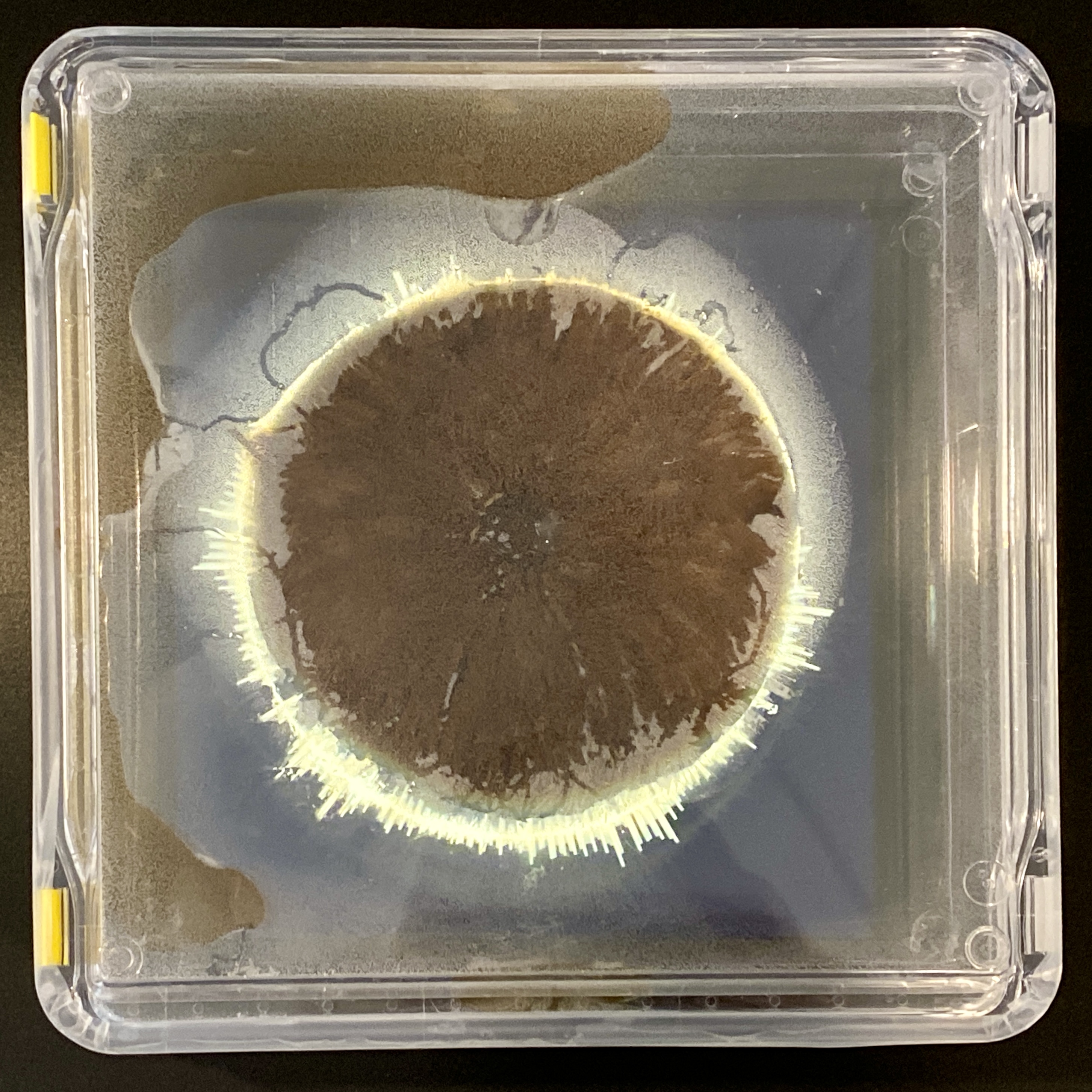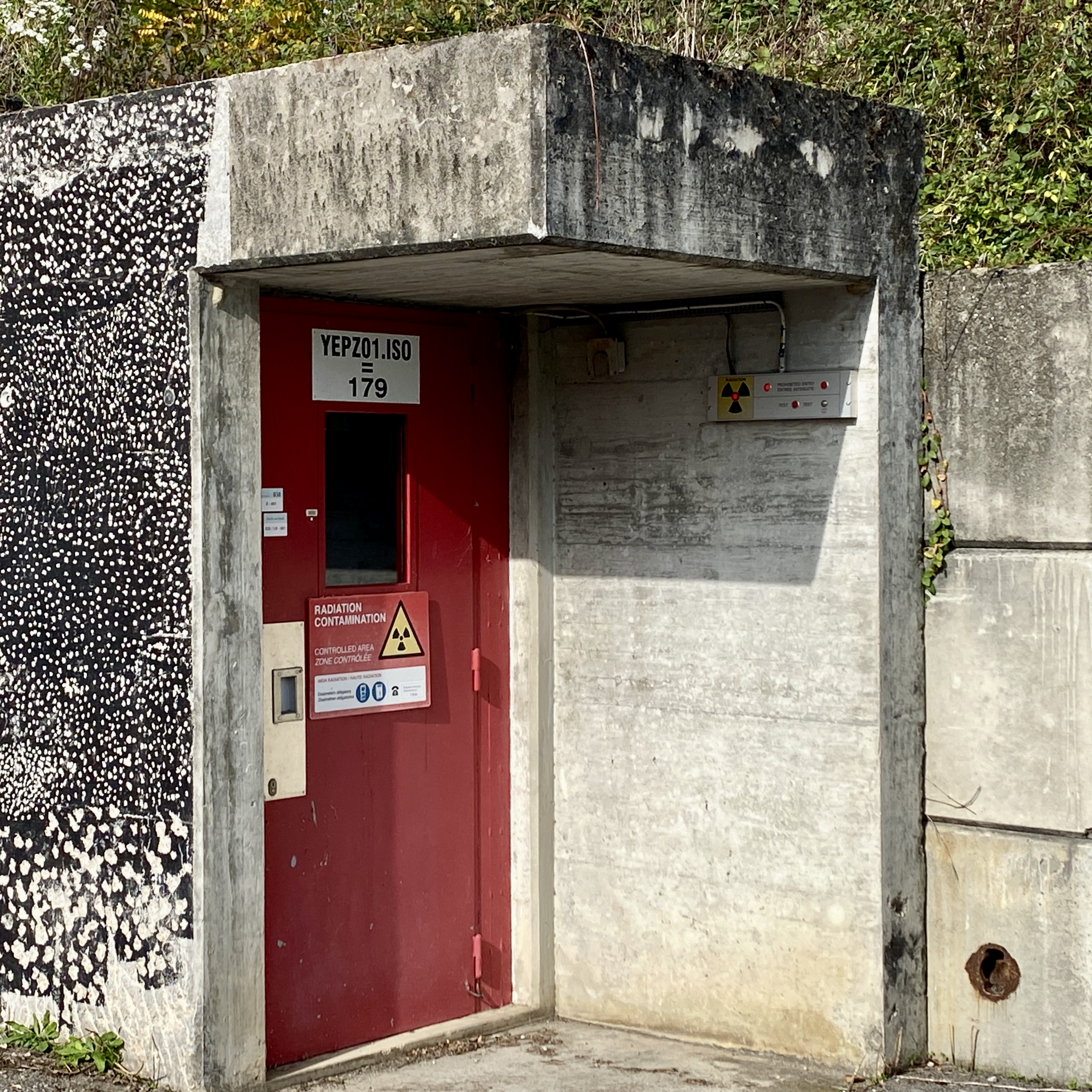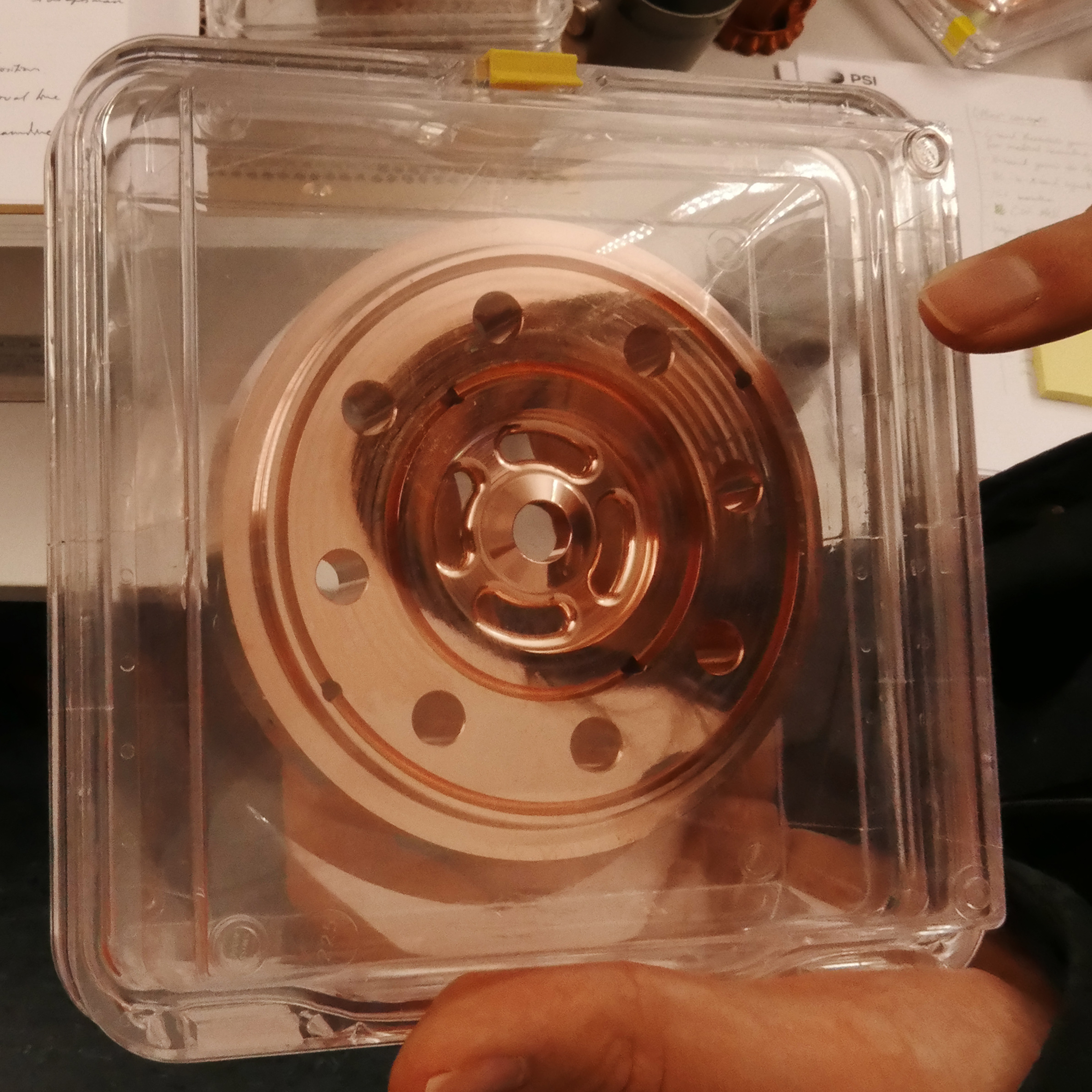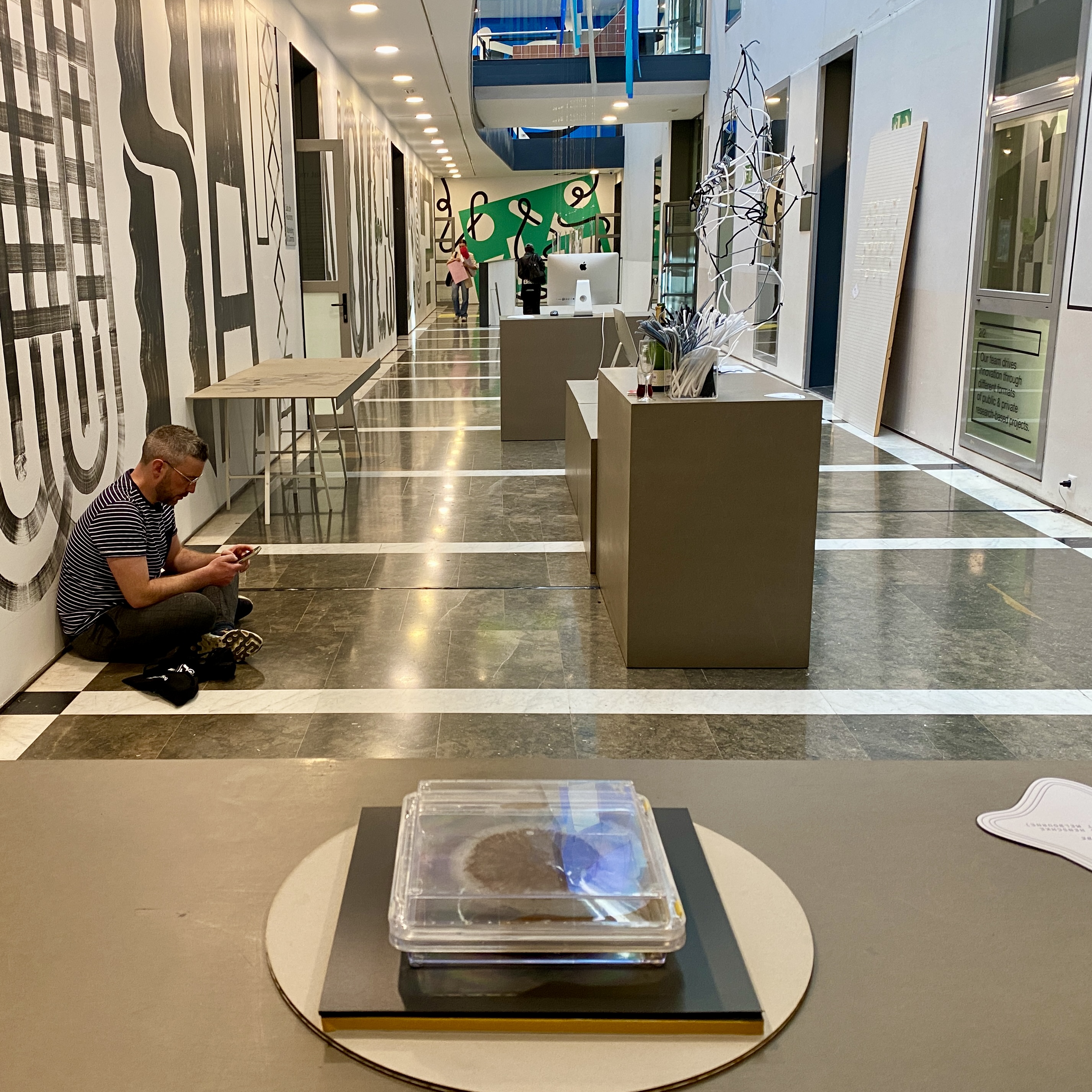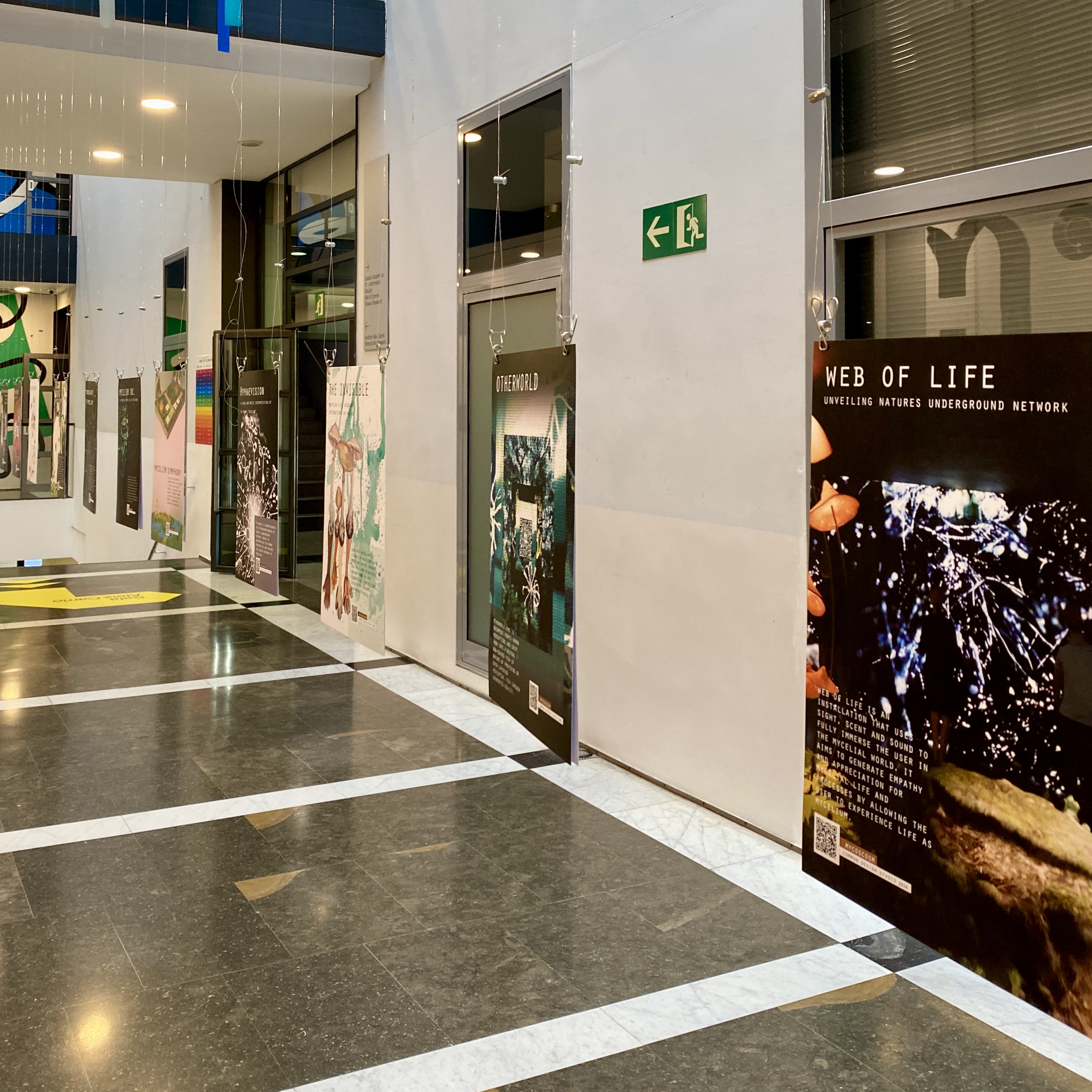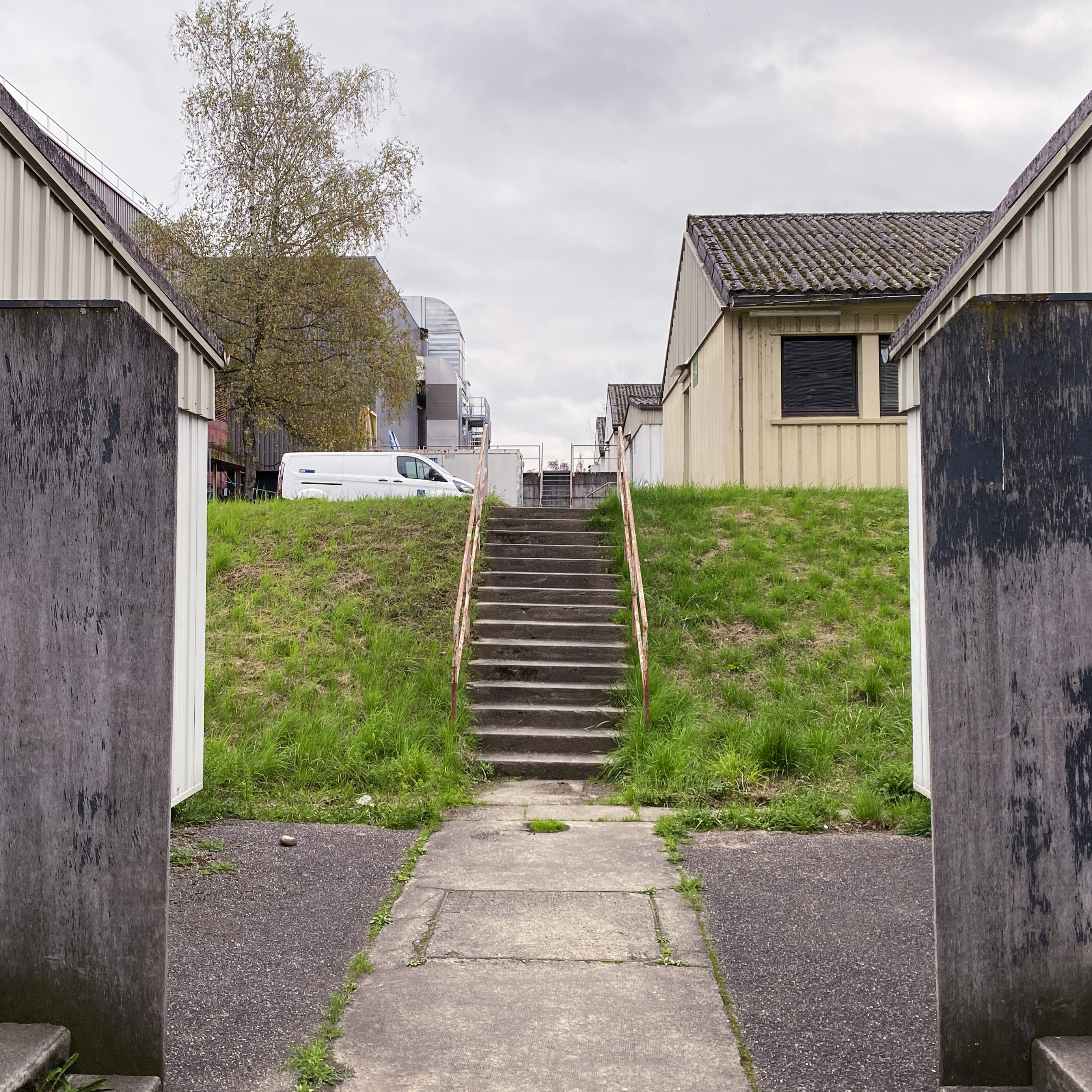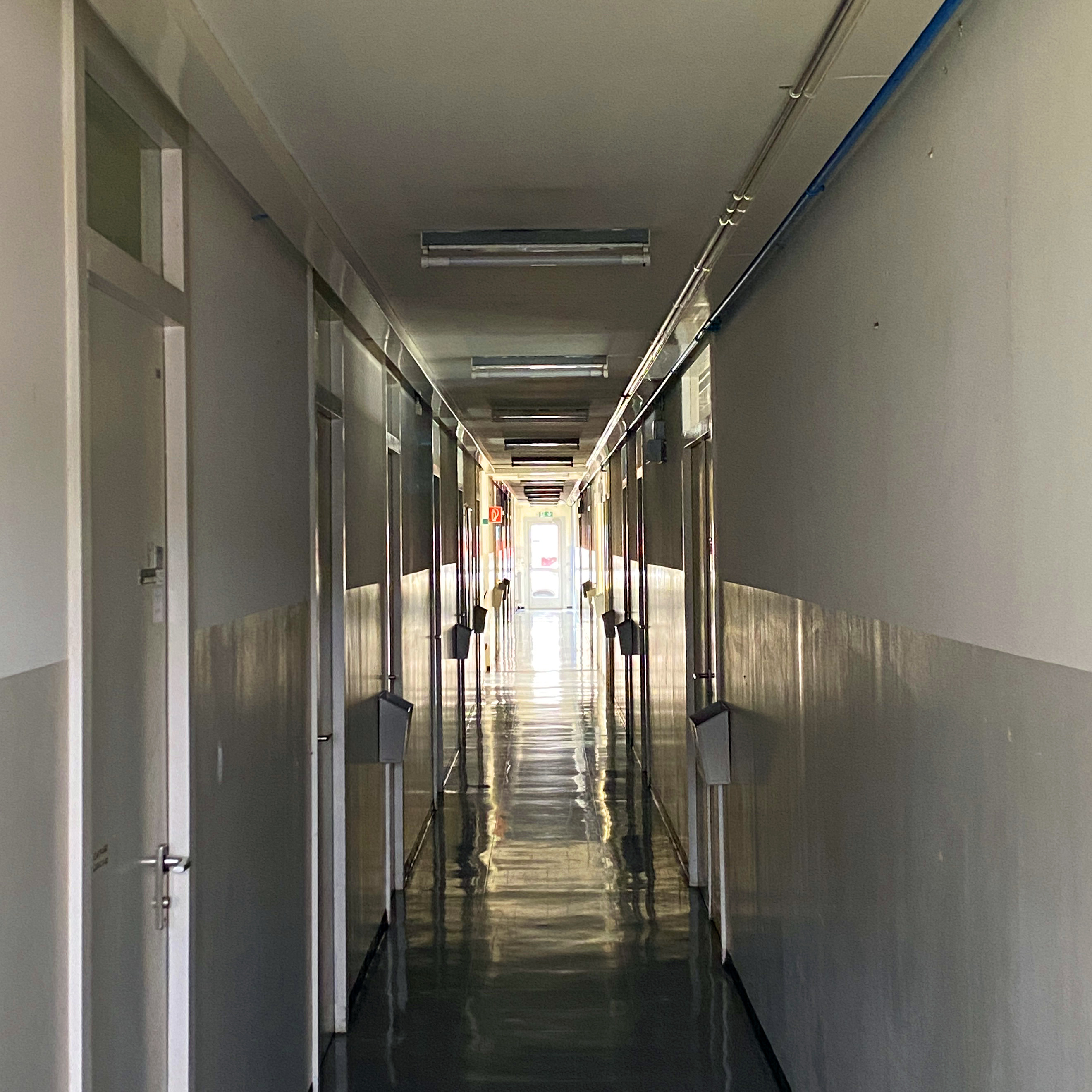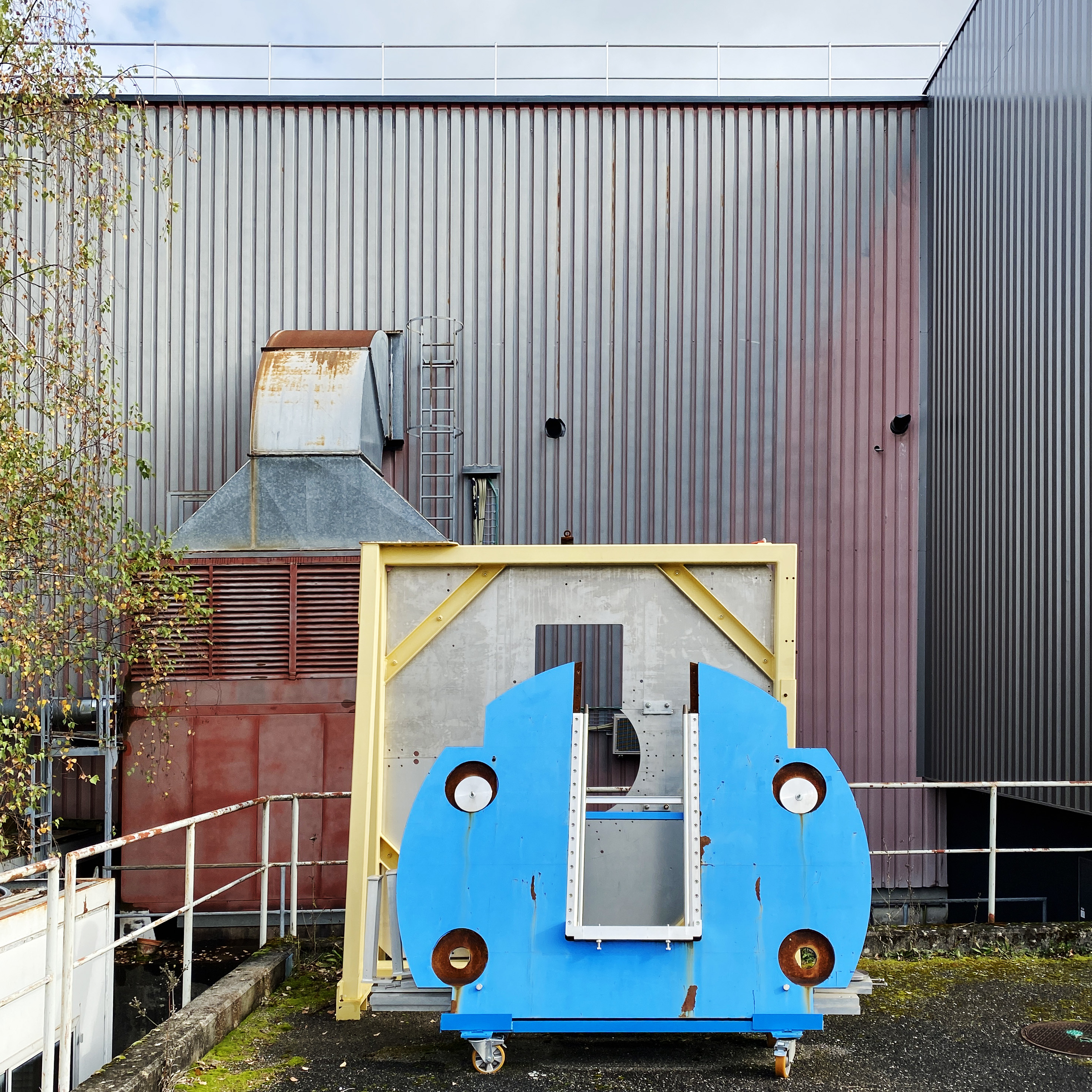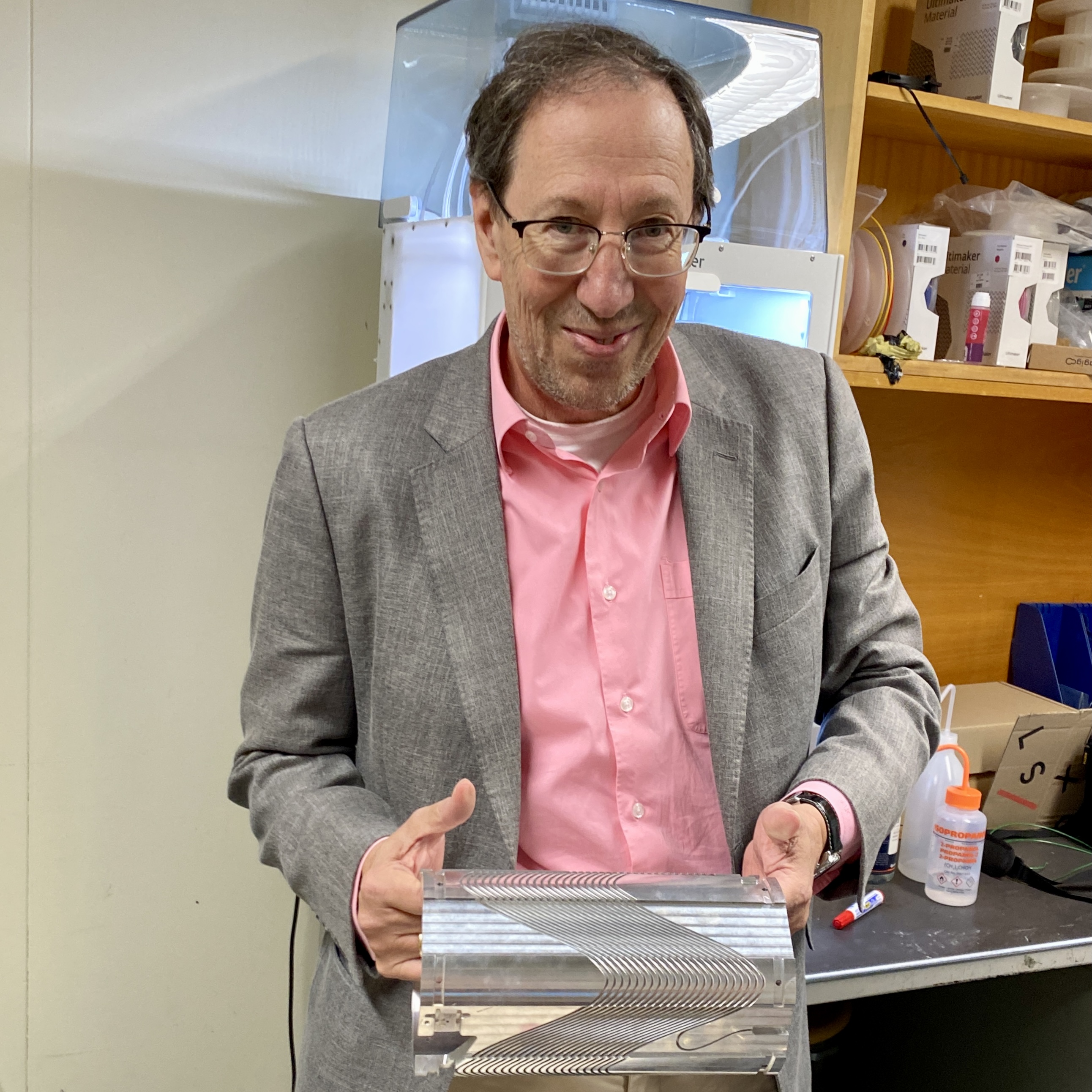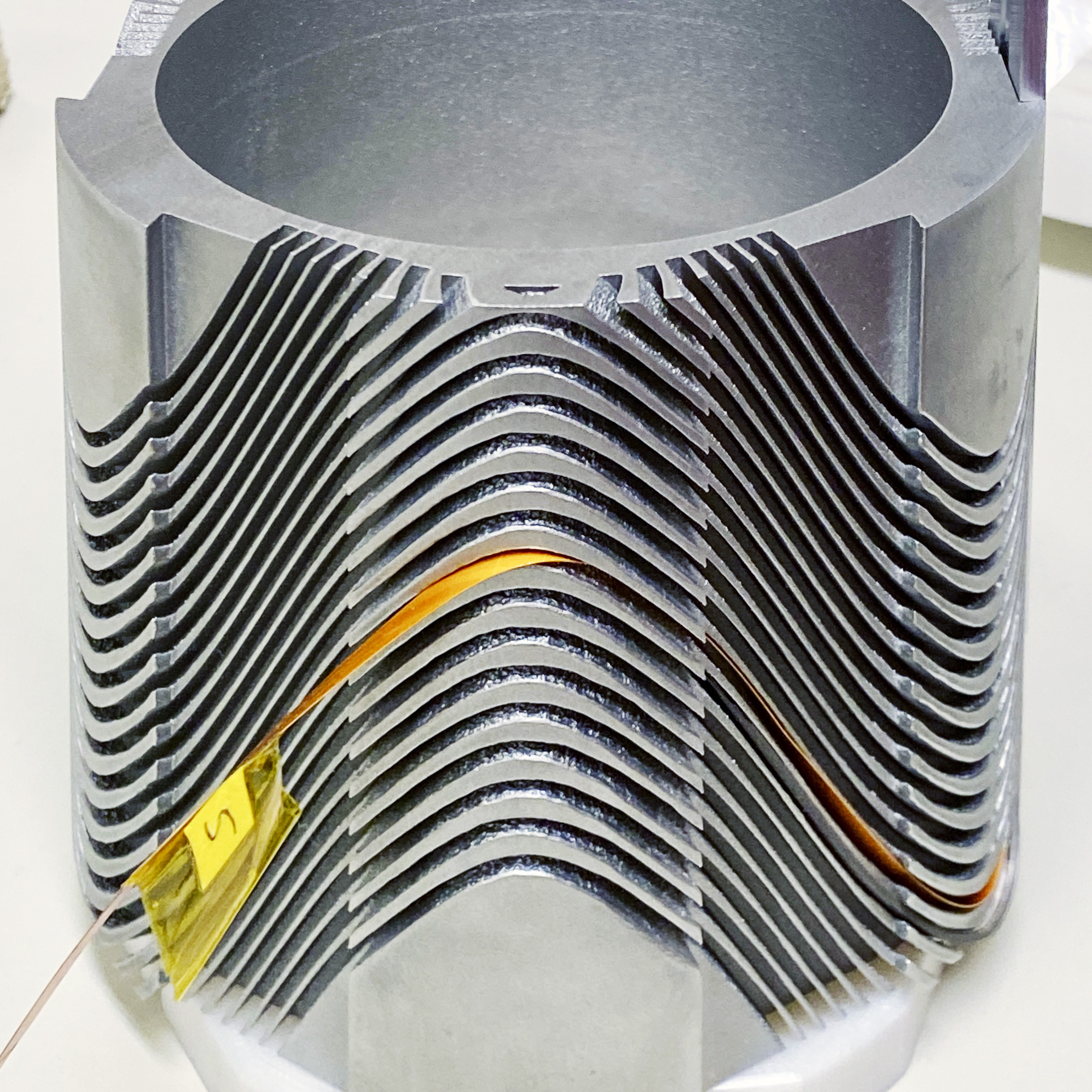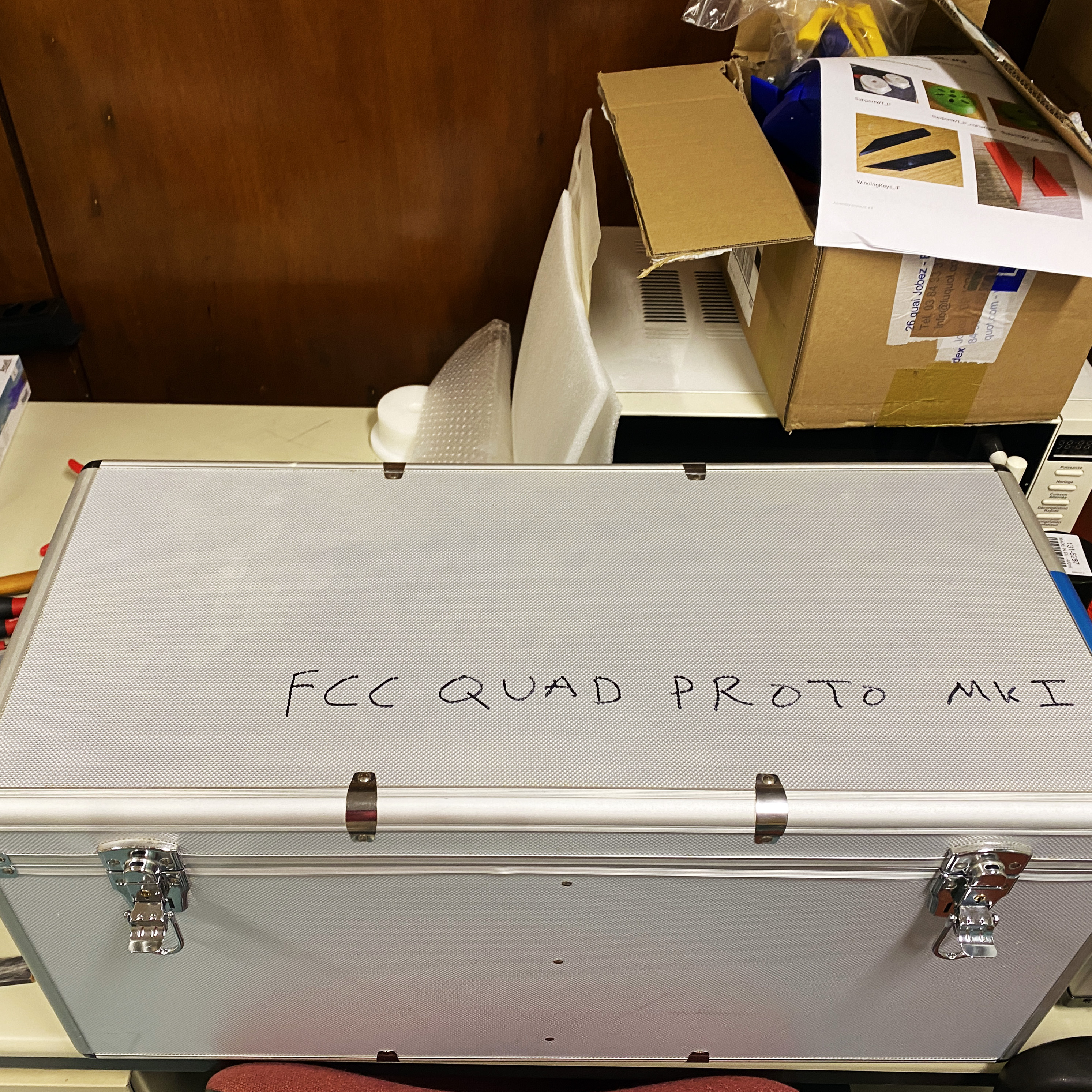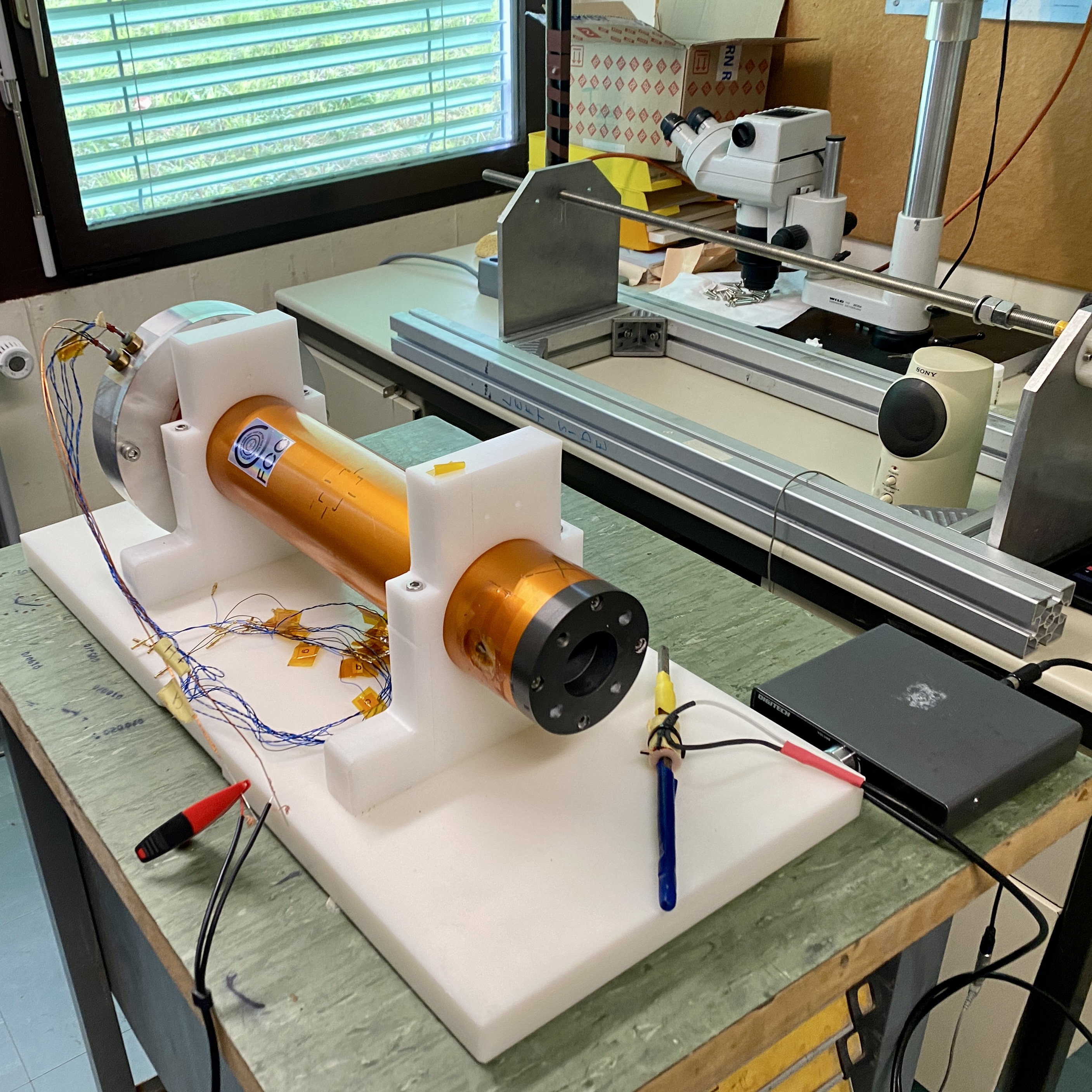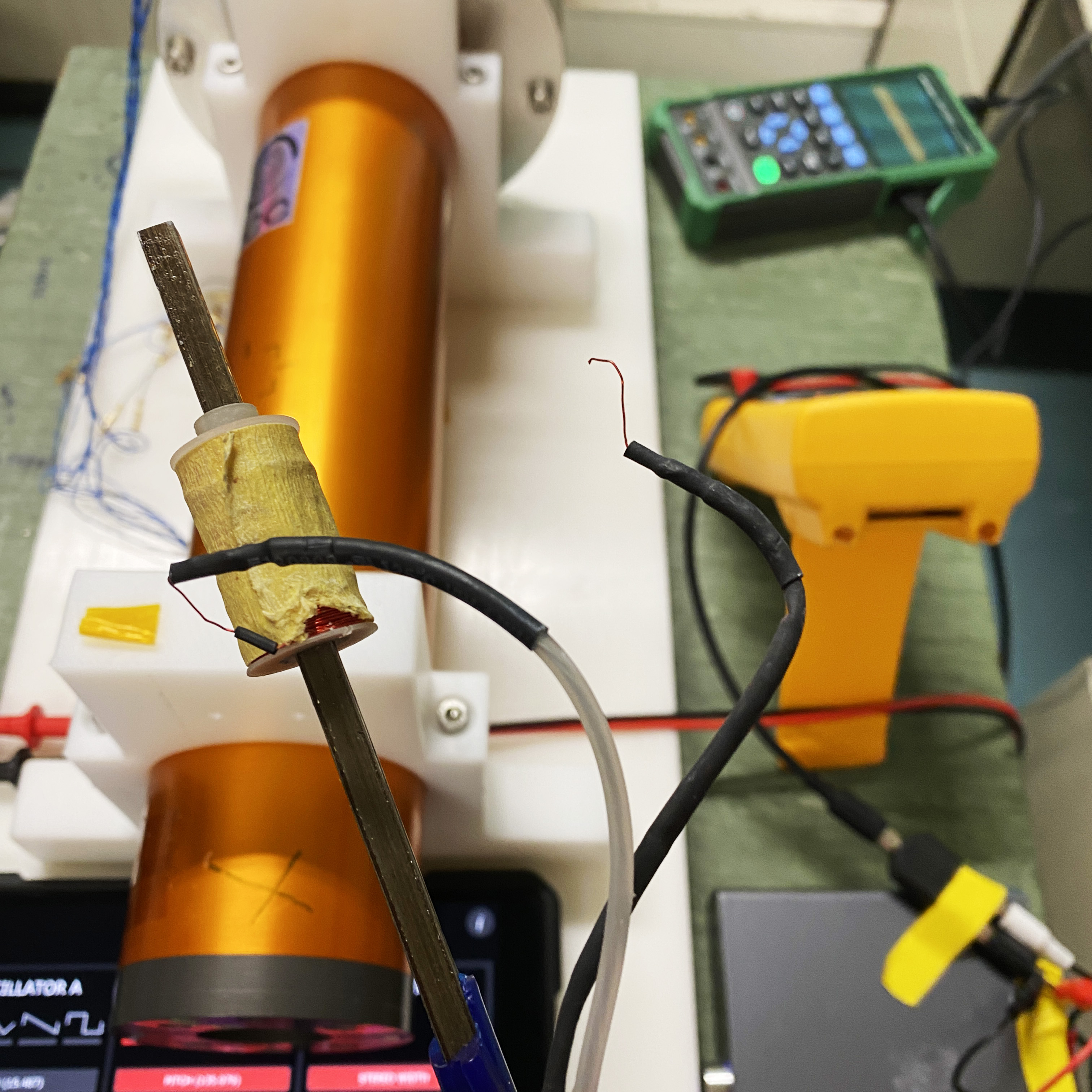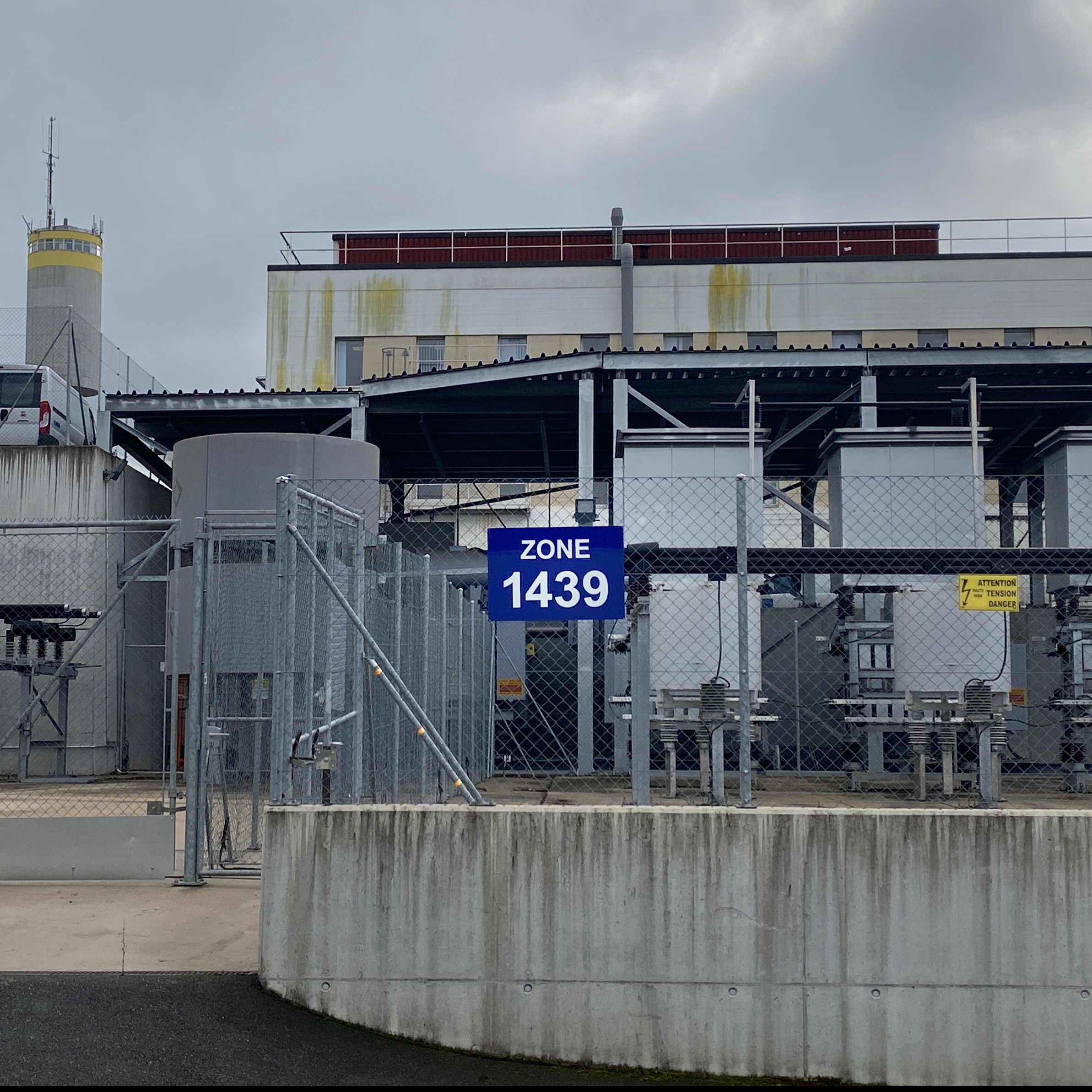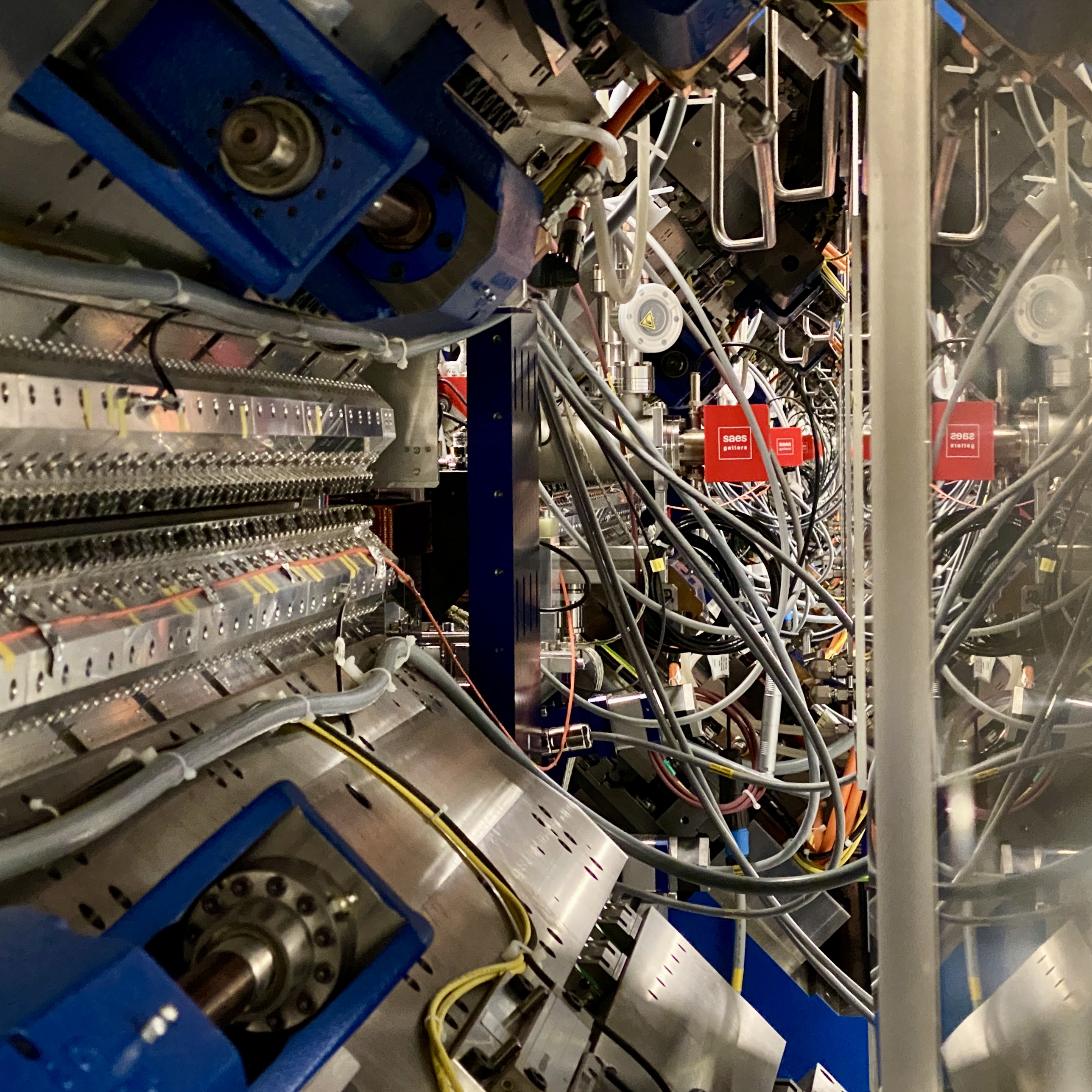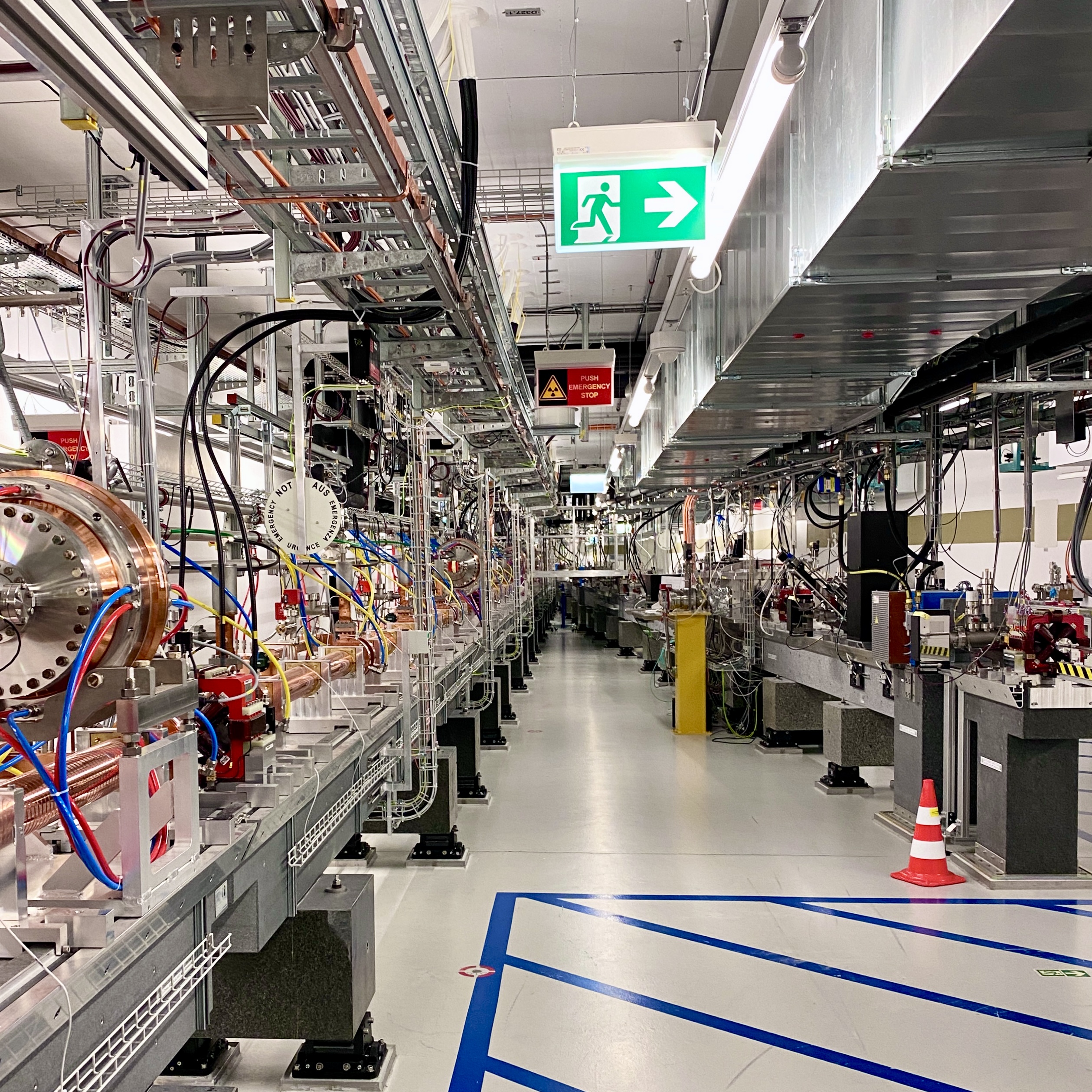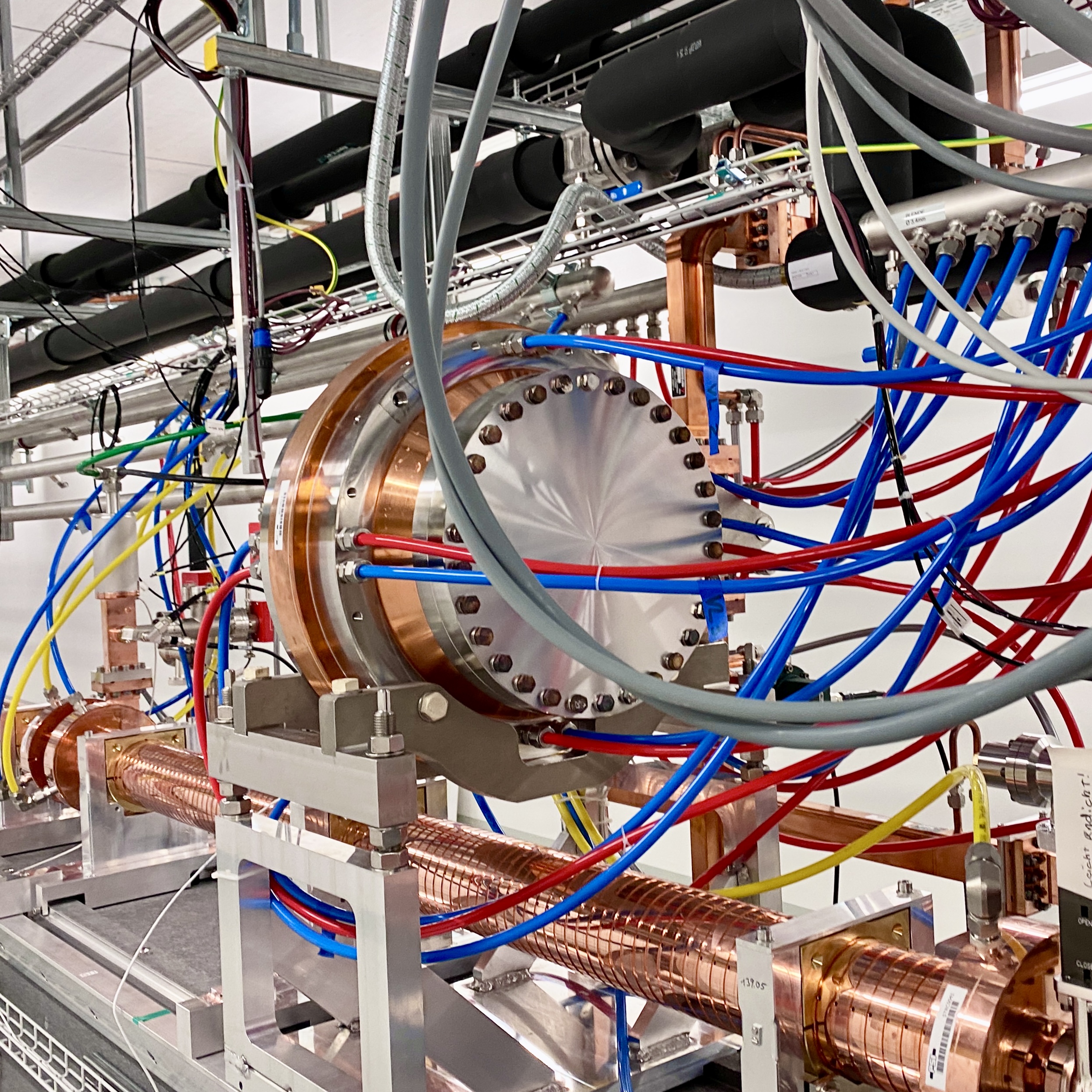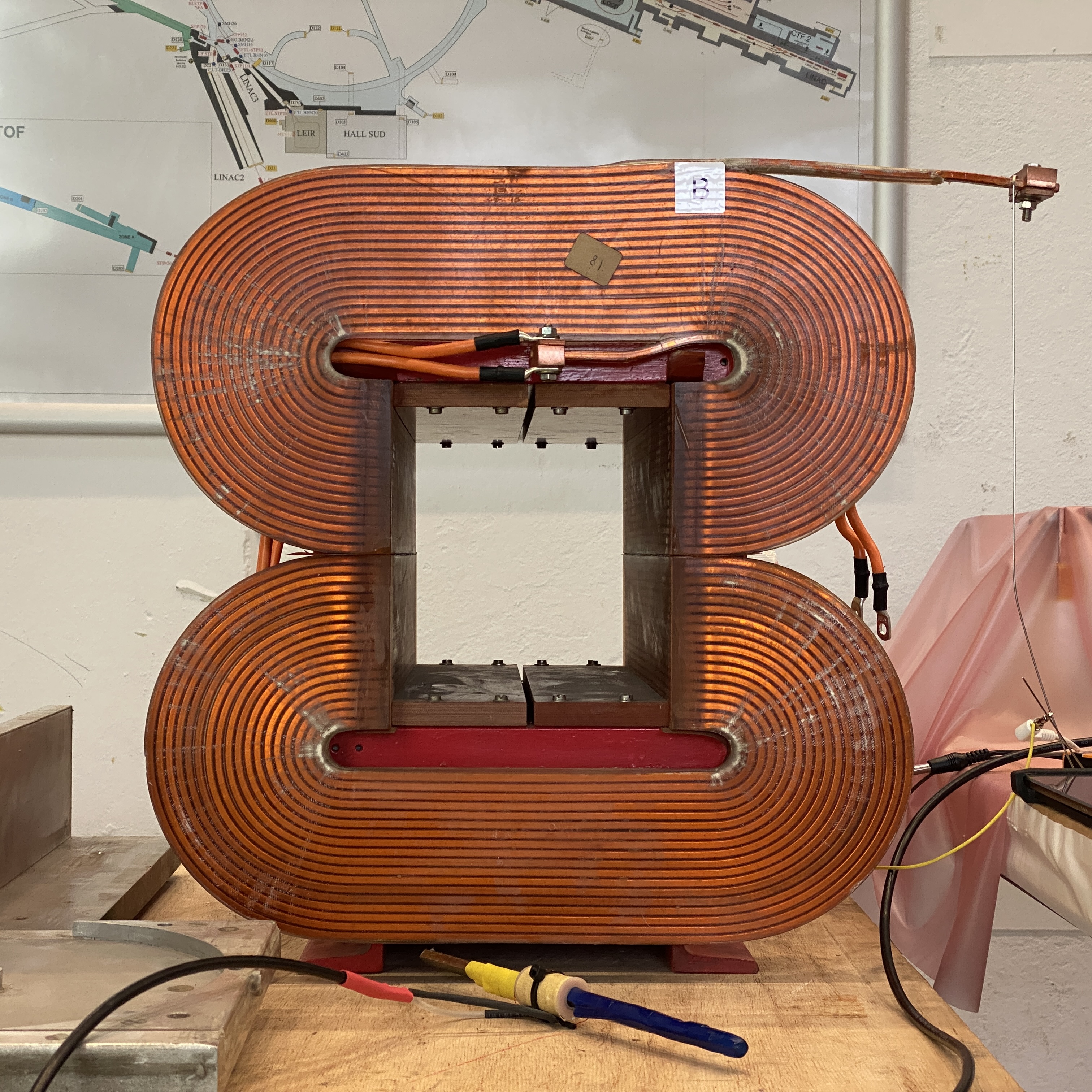…finally, on this Friday 13th, I am releasing a manipulated video of an unauthorised project done in secret in an abandoned accelerator experiment somewhere deep within the CERN complex. Using sinewave resonations I activated part of a synchrotron accelerator magnet assembly, and with my field detector I transformed the magnetic fields into sound, which filled the space with an eerie tone echoing through the zone. This was a CLIC experiment, and had been part of a project (and one possible future CERN) that had been rendered obsolete. This became my favourite place to escape to, it was quite spooky, although there was nobody there, it felt like there were ghosts, there was a presence in these forgotten machines…
A little-explored aspect of quantum physics is the connection between superposition and decoherence (where two quantum states or possibilities co-exist until they collapse into one reality) and high-energy particle physics – this is where accelerator physics kind of collides with the multiverse or “manyworlds” interpretation of such quantum phenomena . As I walked around this ring (countless times it seems) recording the sound and space, I wondered whether this world itself was on the wrong path, if there was a way to accelerate out of it, a way for us to change tracks, to jump between possible worlds, like in Borghes’ story of the Garden of Forking Paths…
And, in a more reflective phase of my accelerator activation escapades, I was drawn to a curious alcove, where a dipole and quadrupole magnet sit as if contemplating the experiment they were once part of. I acoustically reactivated these, using transducer speakers to find their natural harmonic frequencies, so that the magnet assemblies themselves became the speakers. Each had its own tone, its own presence in a sense, and acoustic interference patterns were formed between each magnet’s frequencies, which imbued the space with invisible energy. I drew this field on the floor around the magnets with a piece of chalk (from a theorist’s blackboard), manifesting the once energetic qualities of these entities through sound and drawing. Unlike some of my previous projects at CERN, this time I was exploring minimal impact and immaterial interventions.
In comparison, here is a video edit of my initial CLIC accelerator activations, where the accelerator was essentially playing itself (see here)
Sound is an ideal medium for “energy analogy”. The sounds created in this room change in space, through the interference between two sound sources, but not in time (at least until time itself is accelerated), as each sound emitted is a single frequency. In a way this reflects the forces, fields and scales manifested in accelerator experiments, as well as abstract quantum forms such as superposition – there is also a resonance with the concepts of the eternal now or “everywhen”. When I turn it on, the sound fills and activates the space, then, like dumping the LHC, I flick the switch and it’s gone, leaving an echo which decoheres into the background world.

